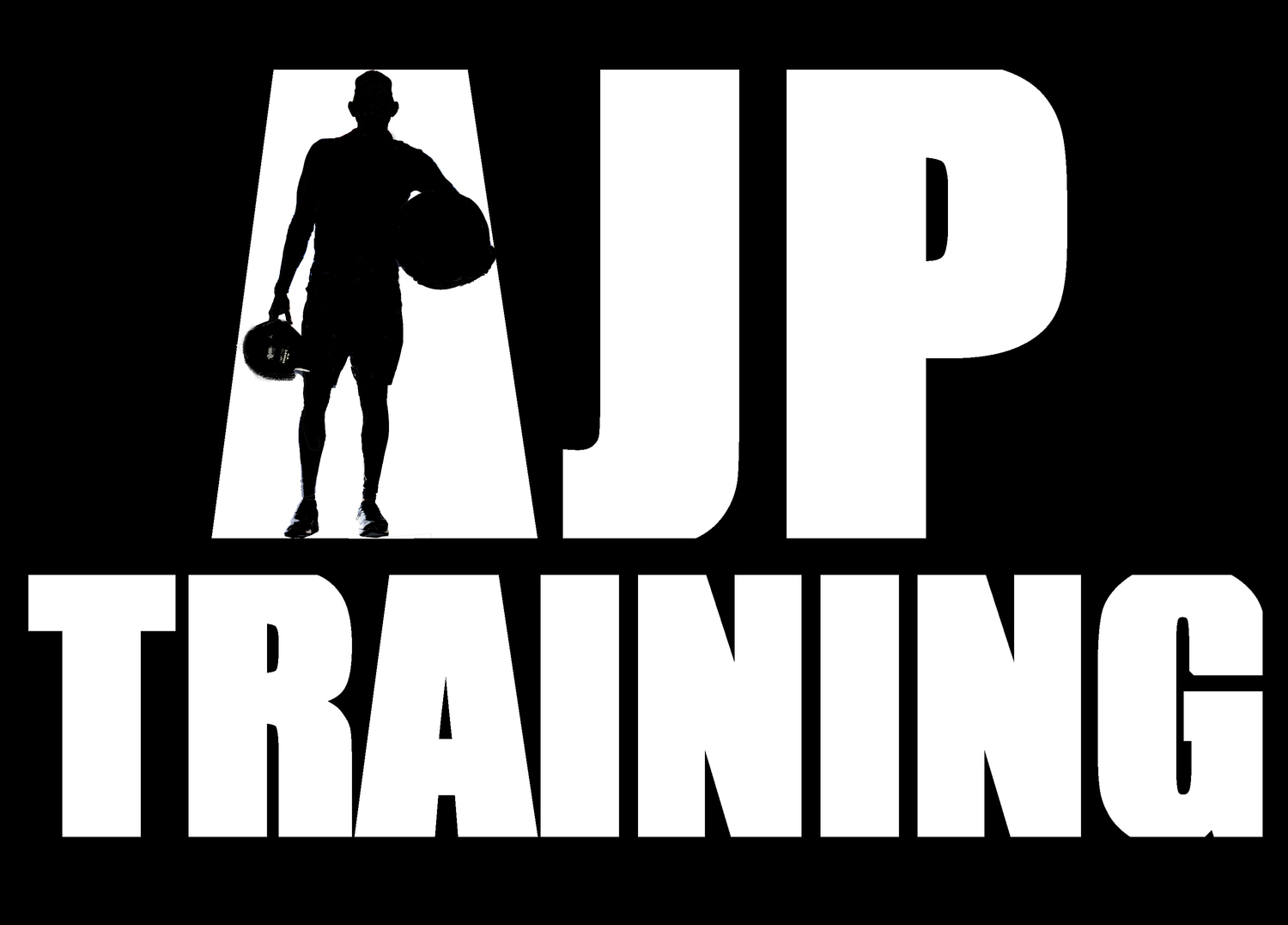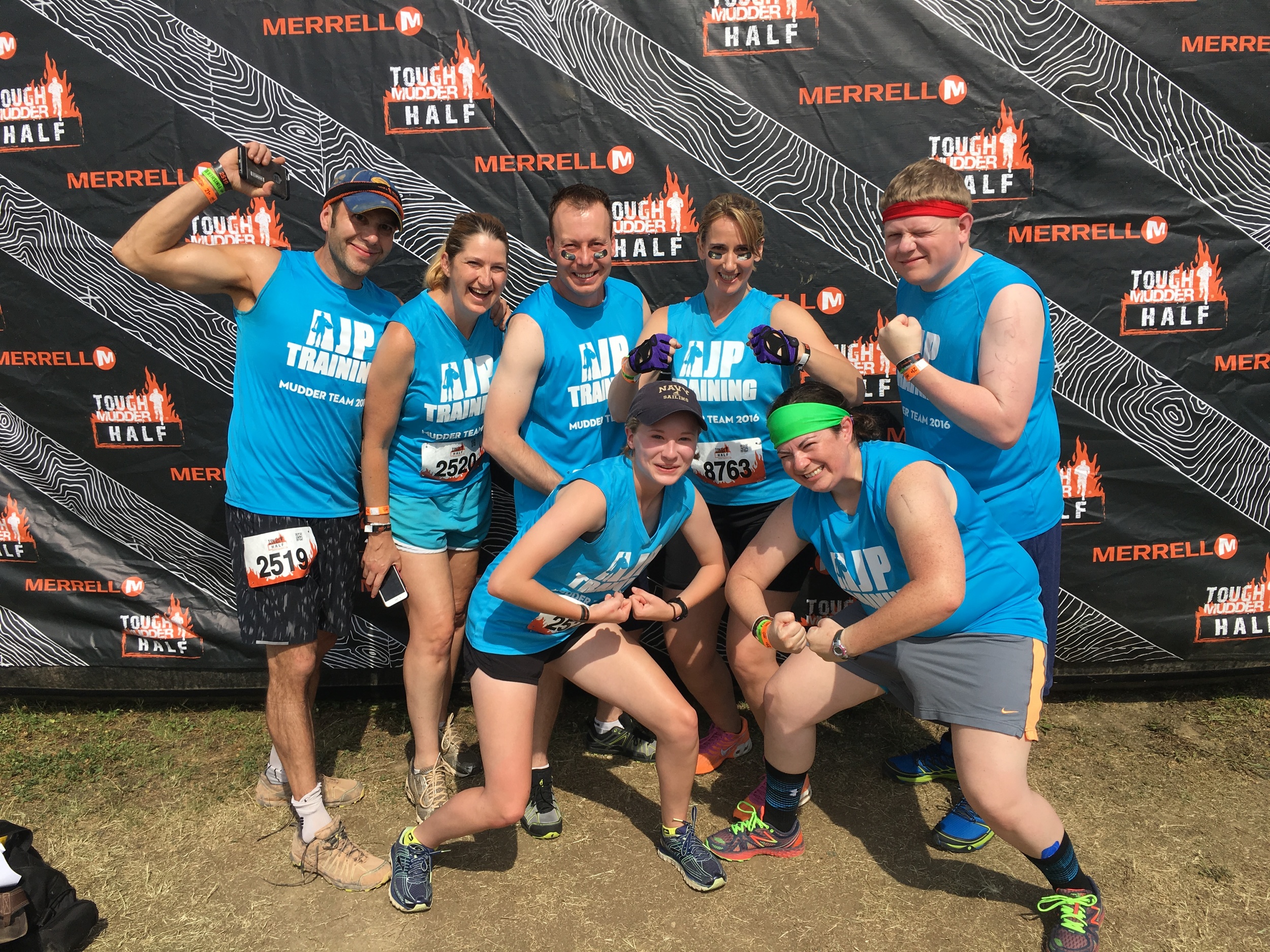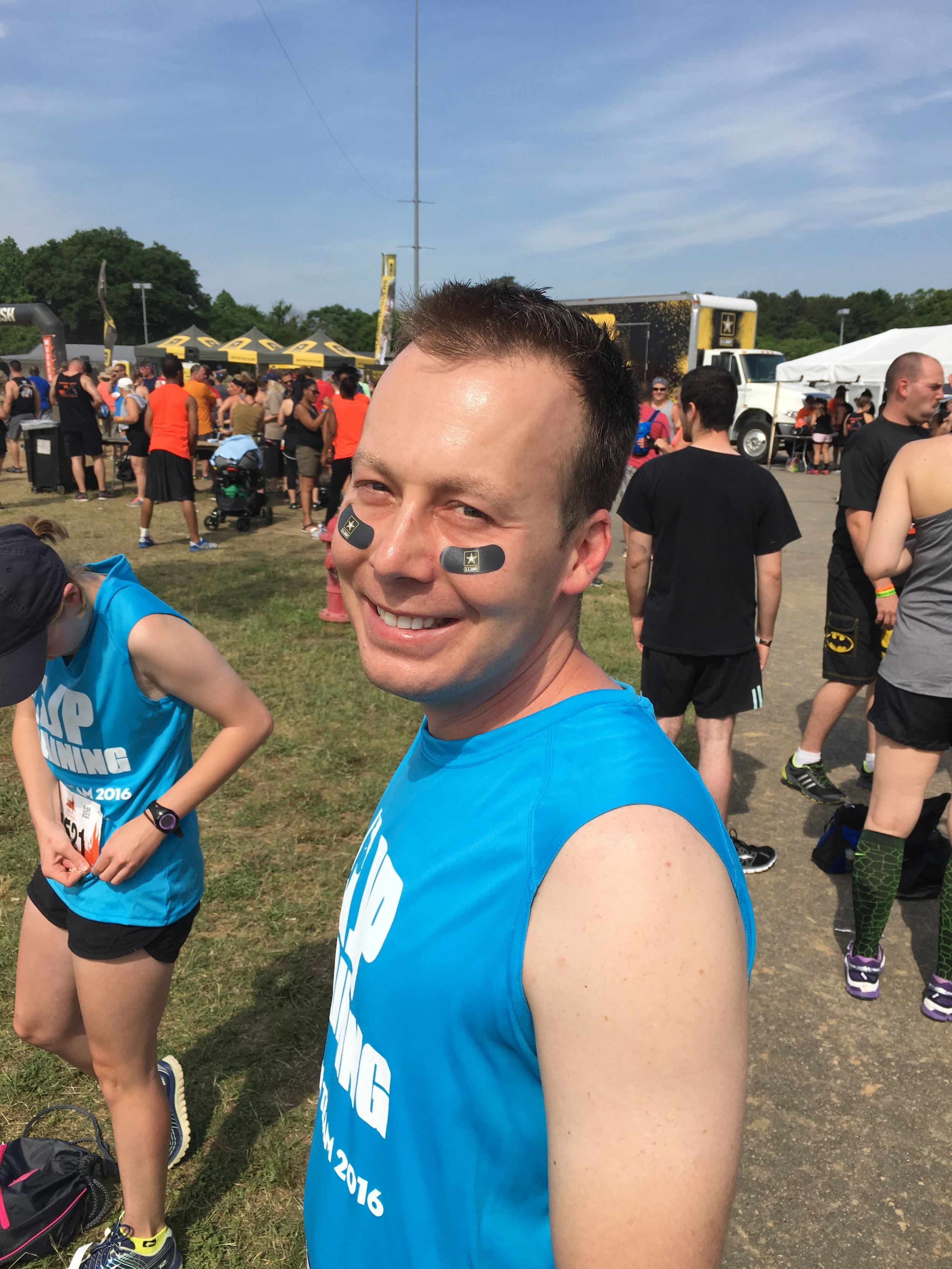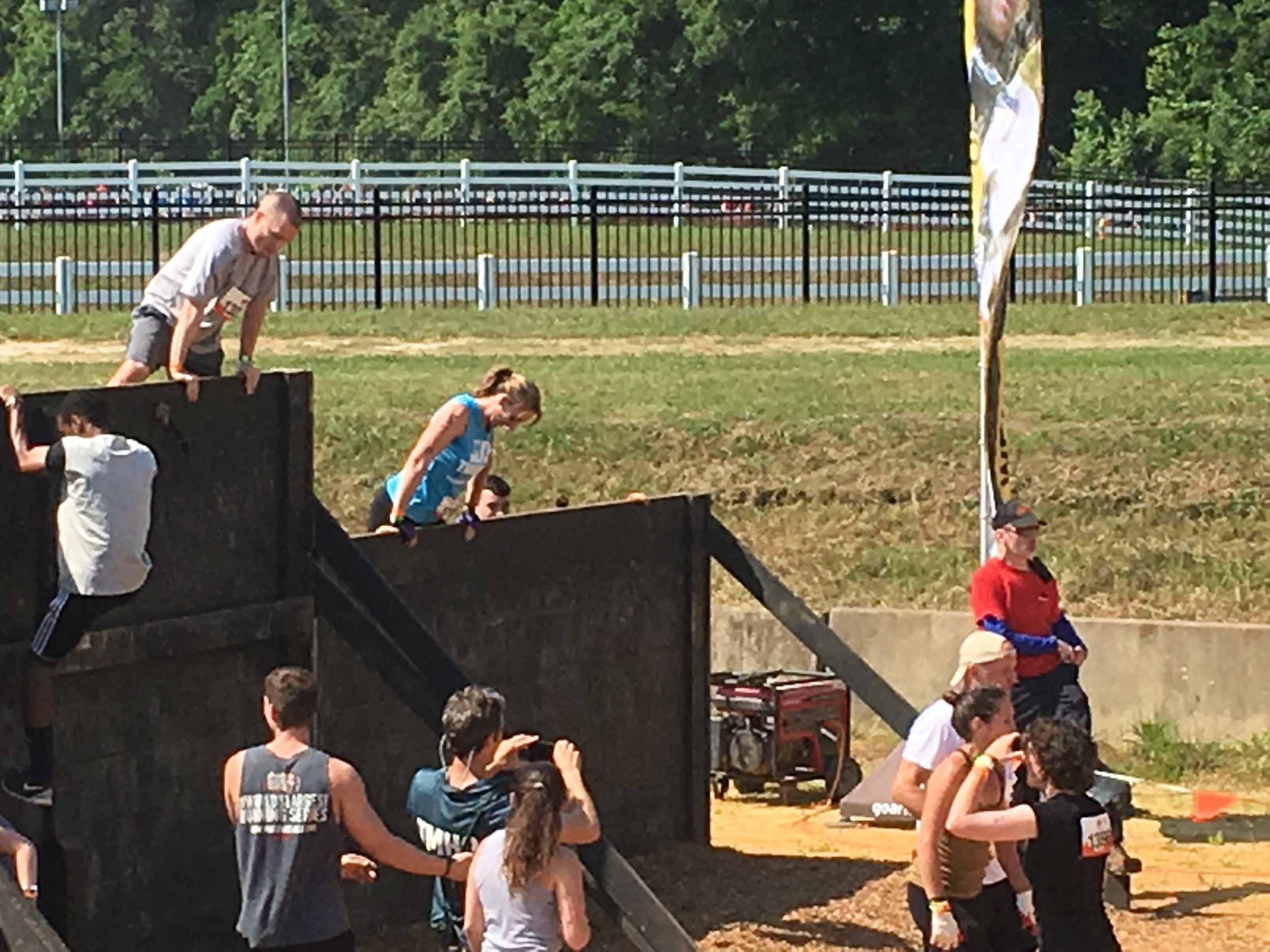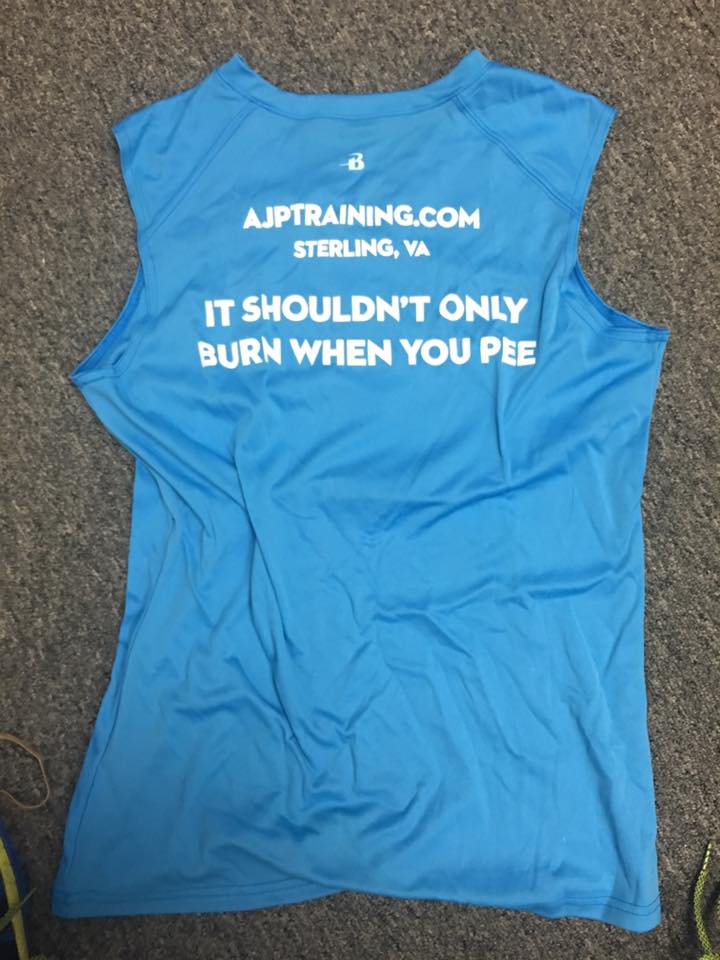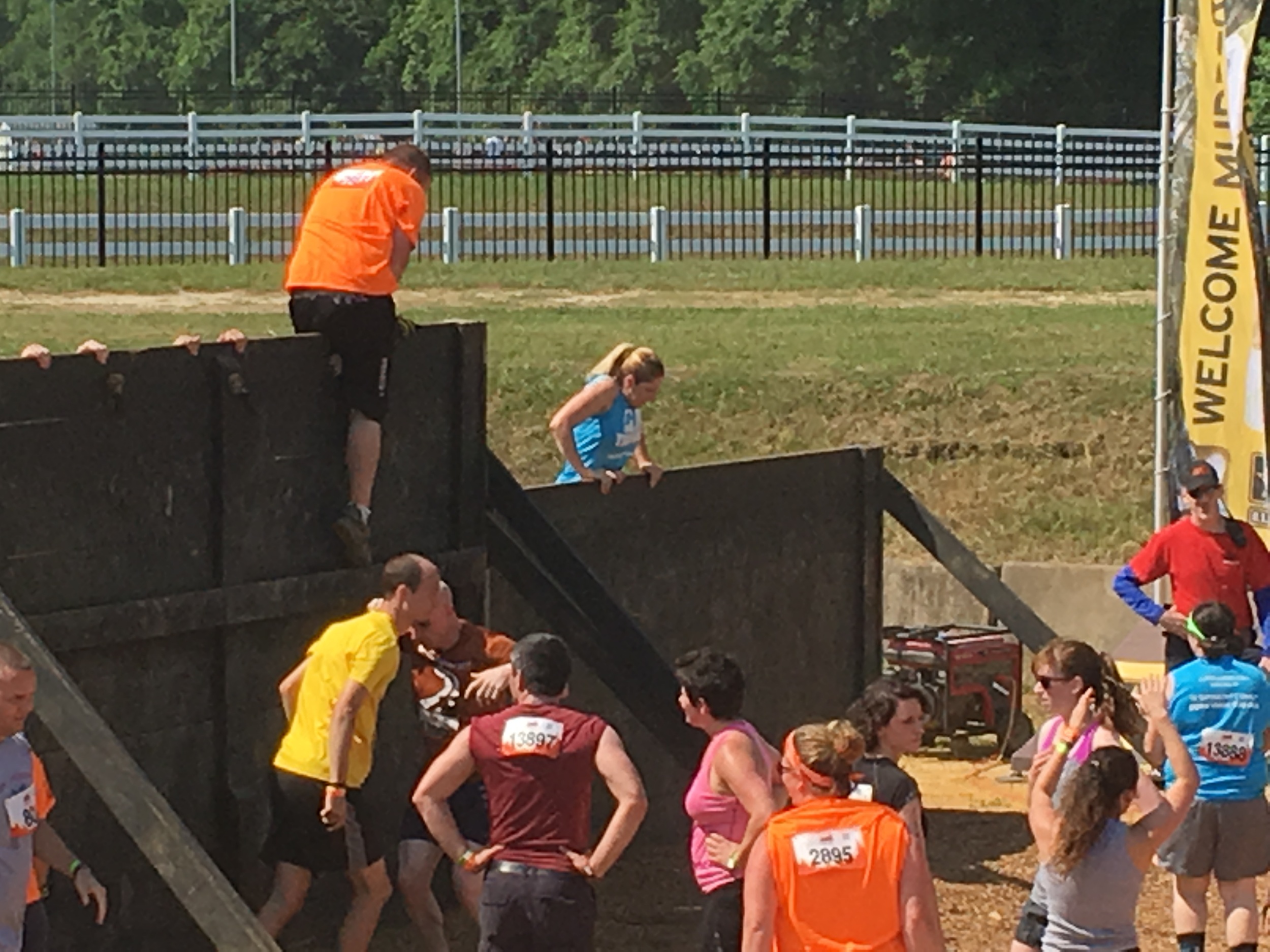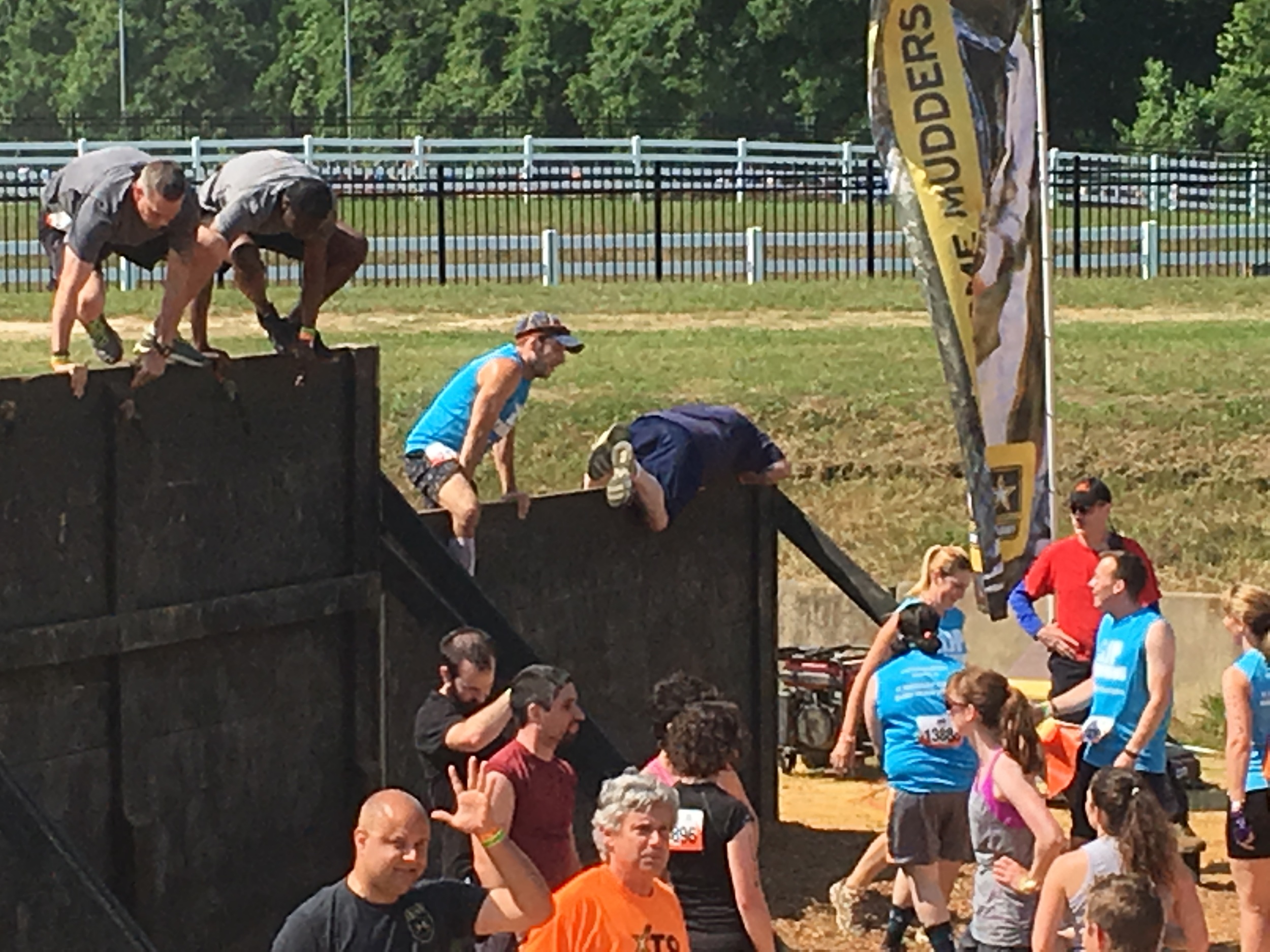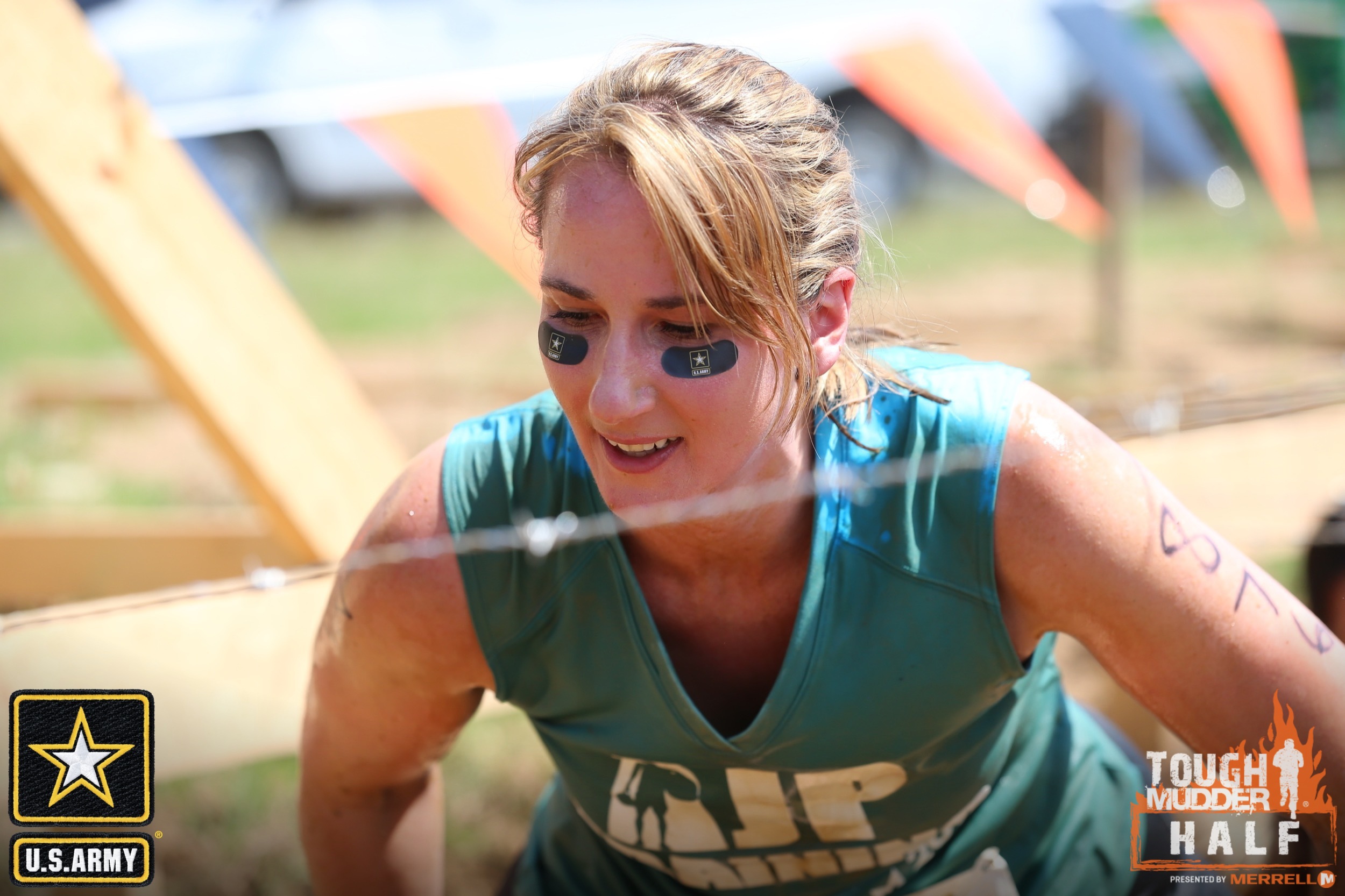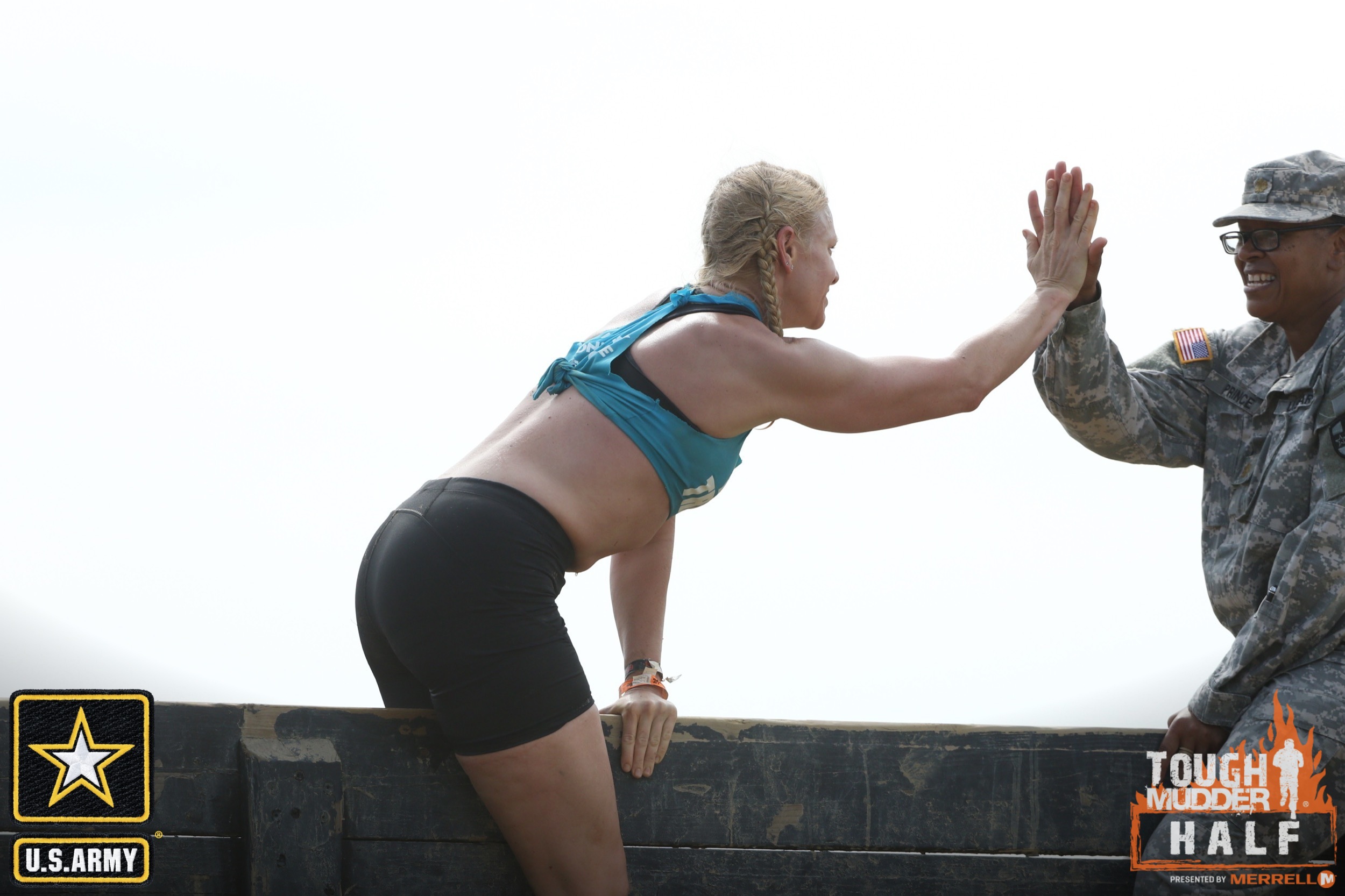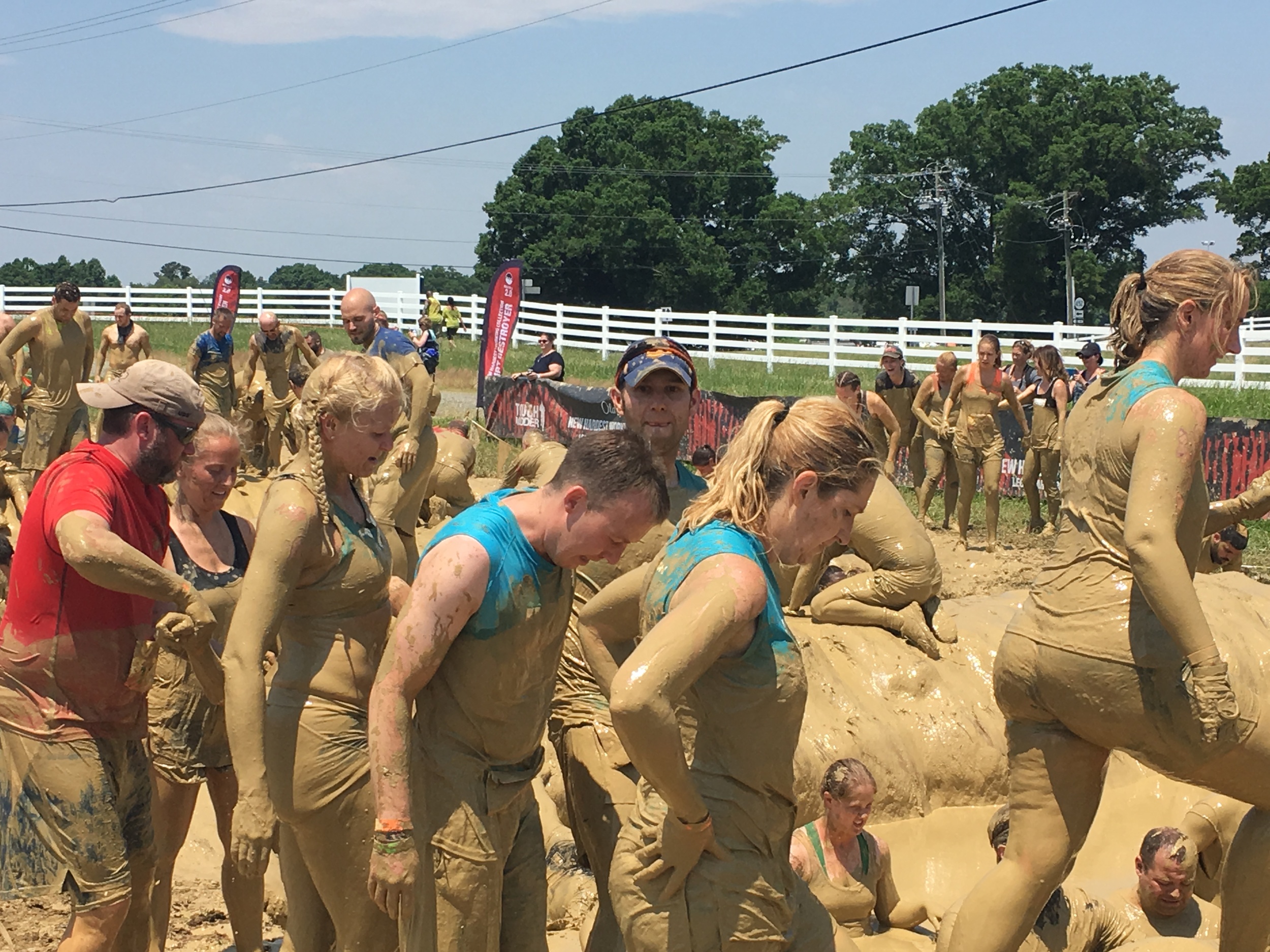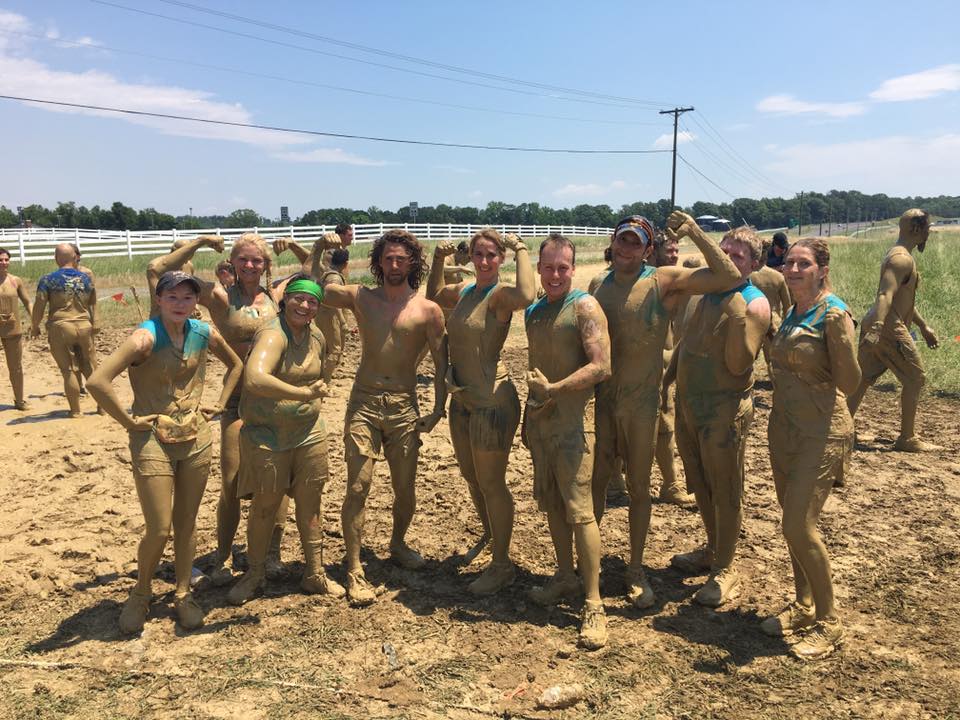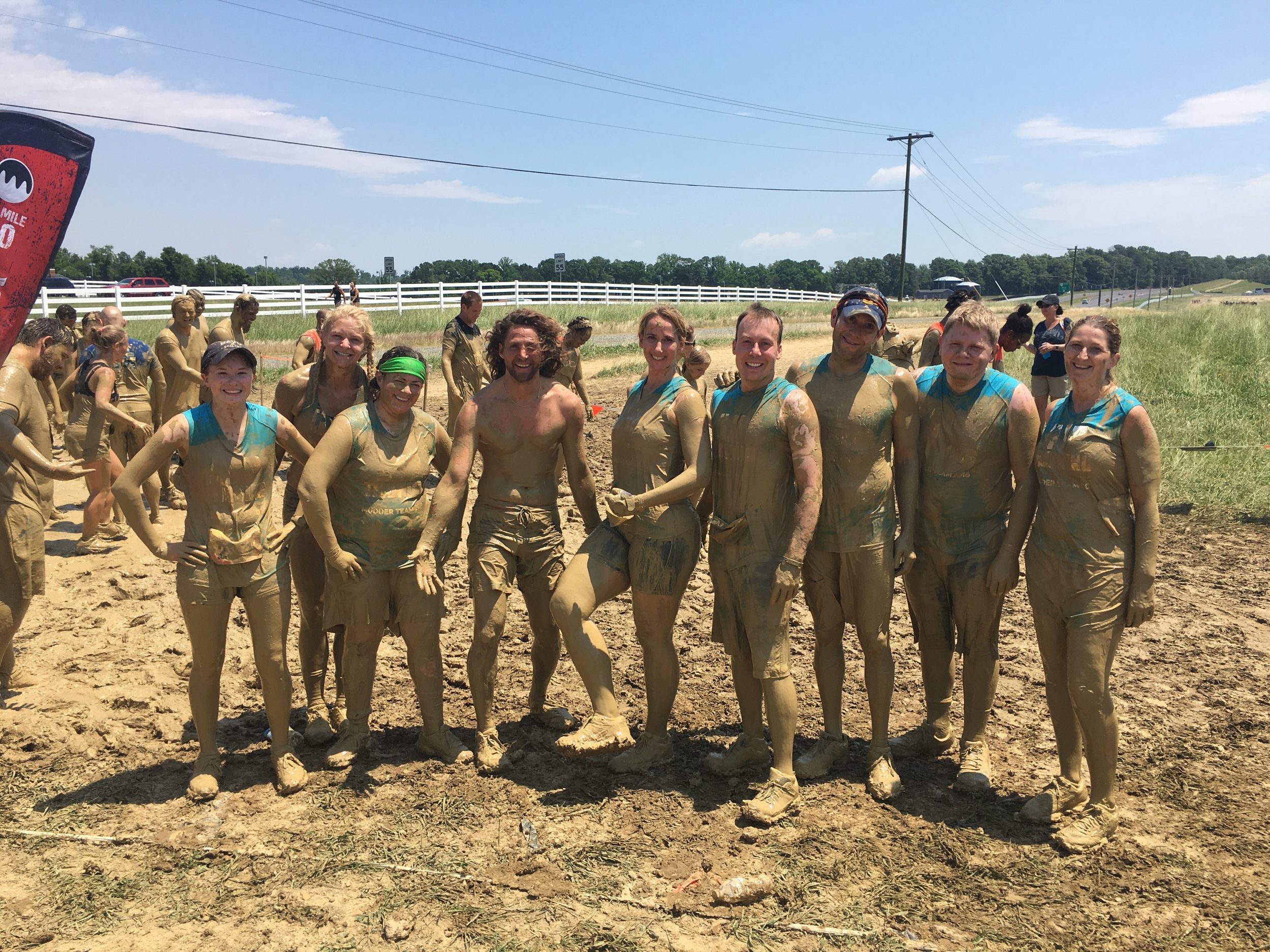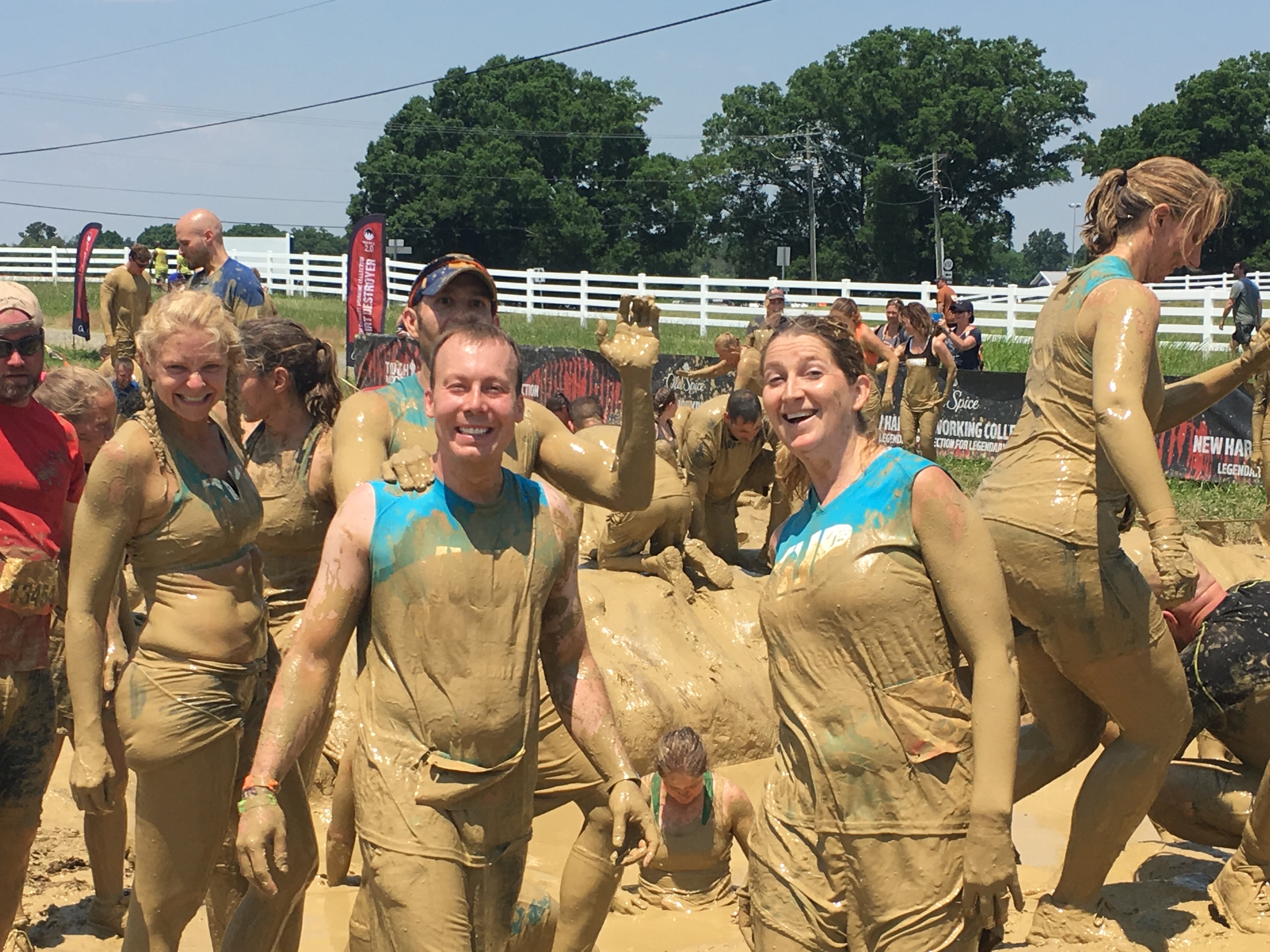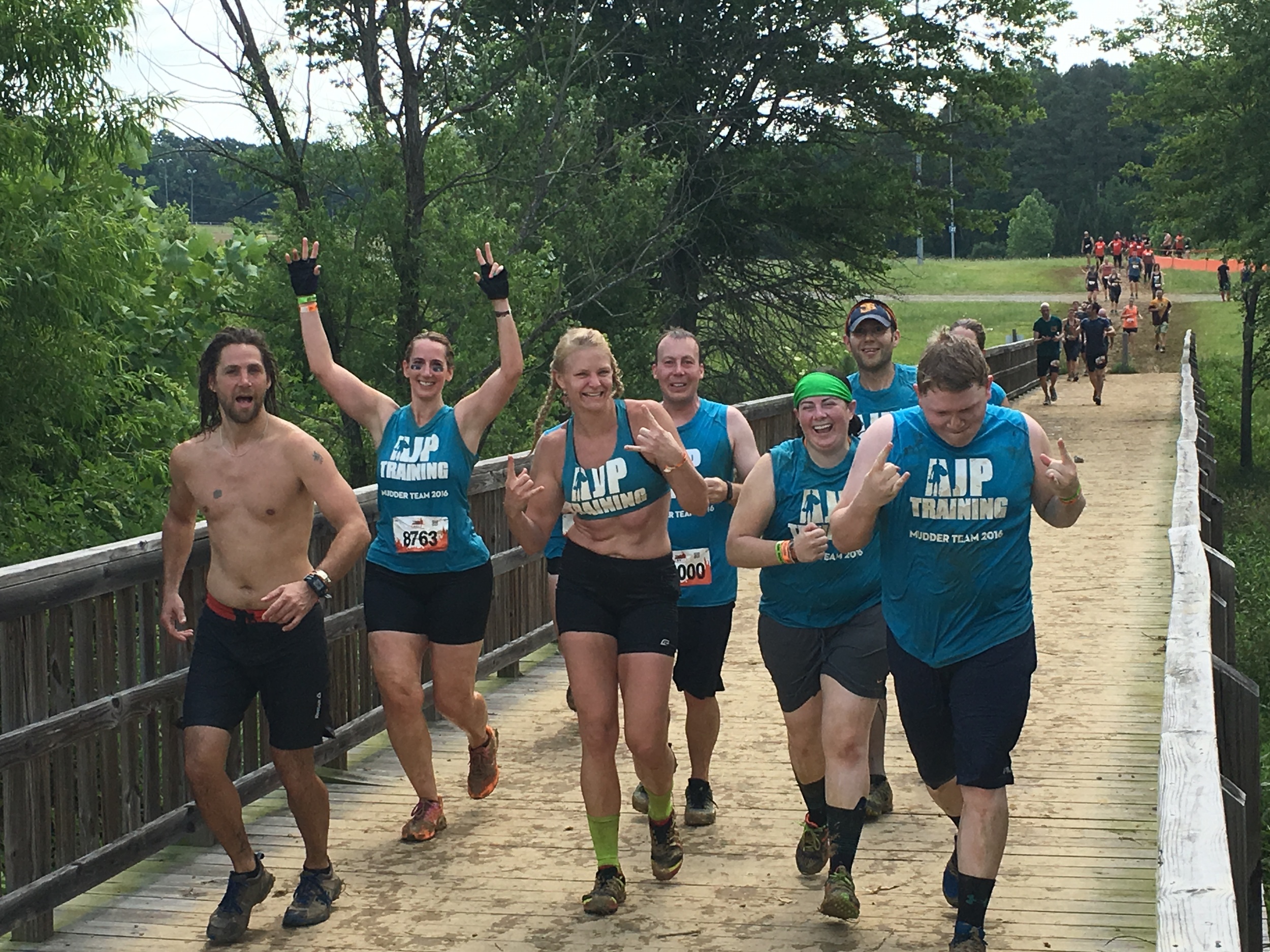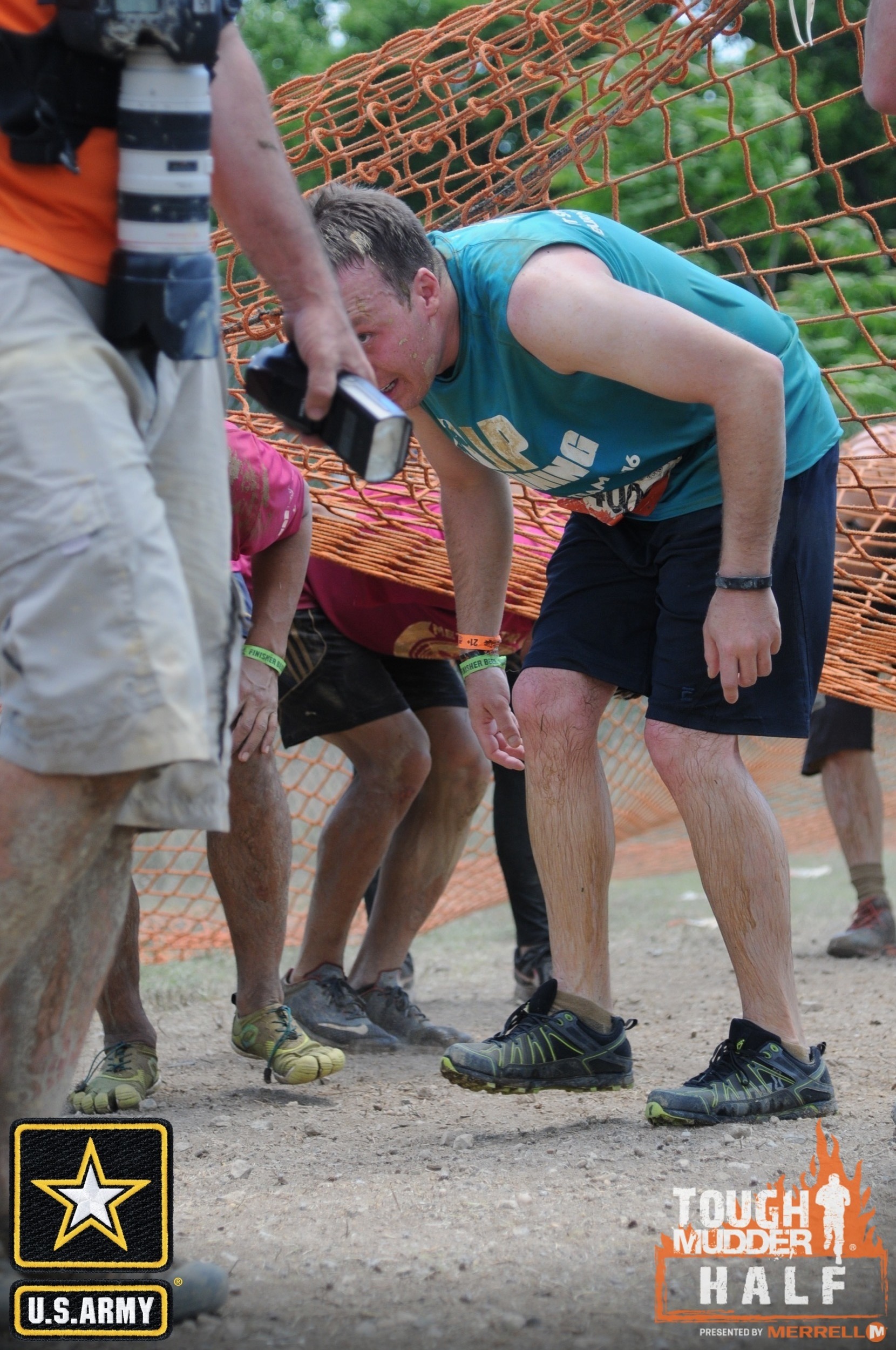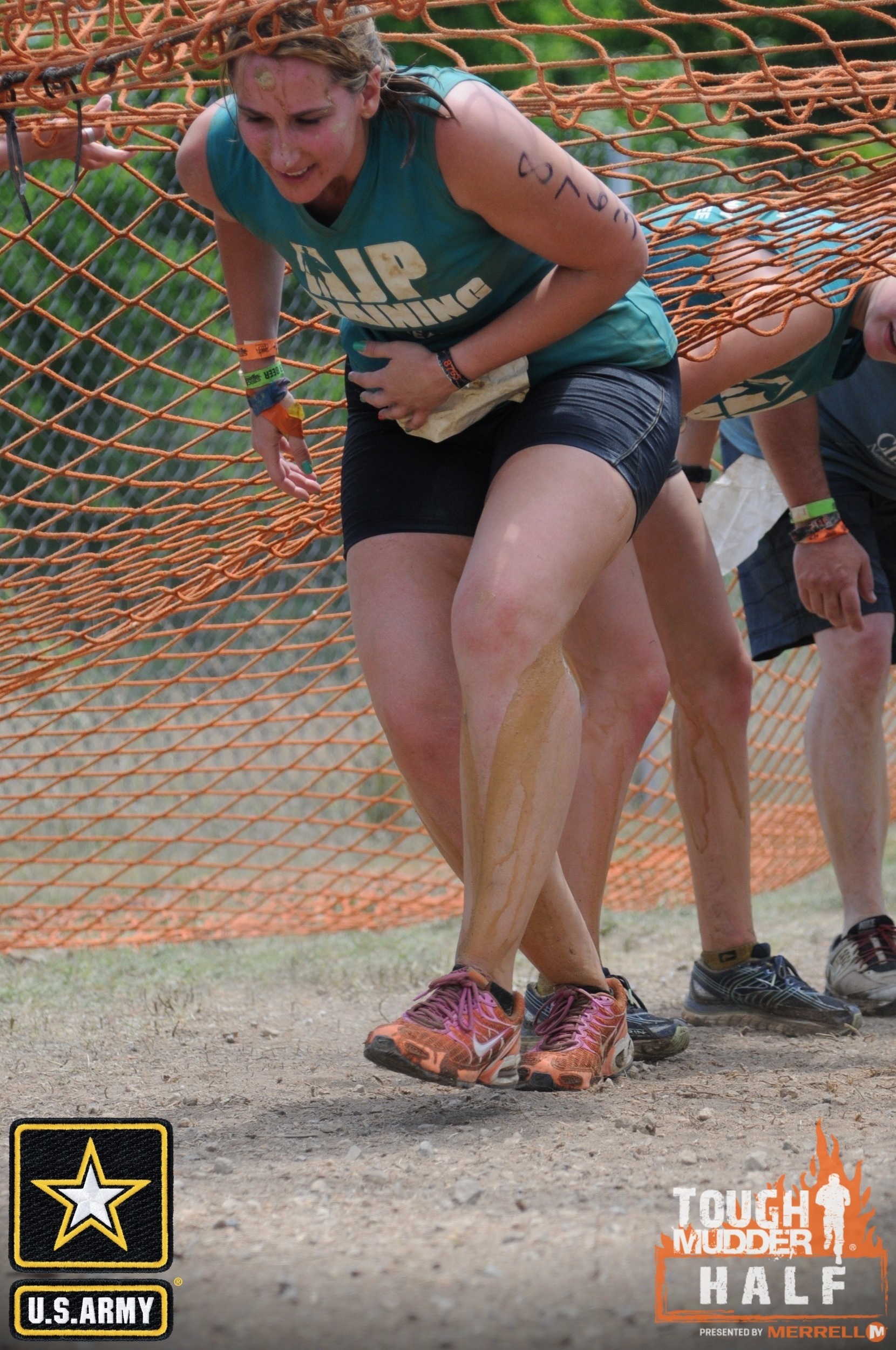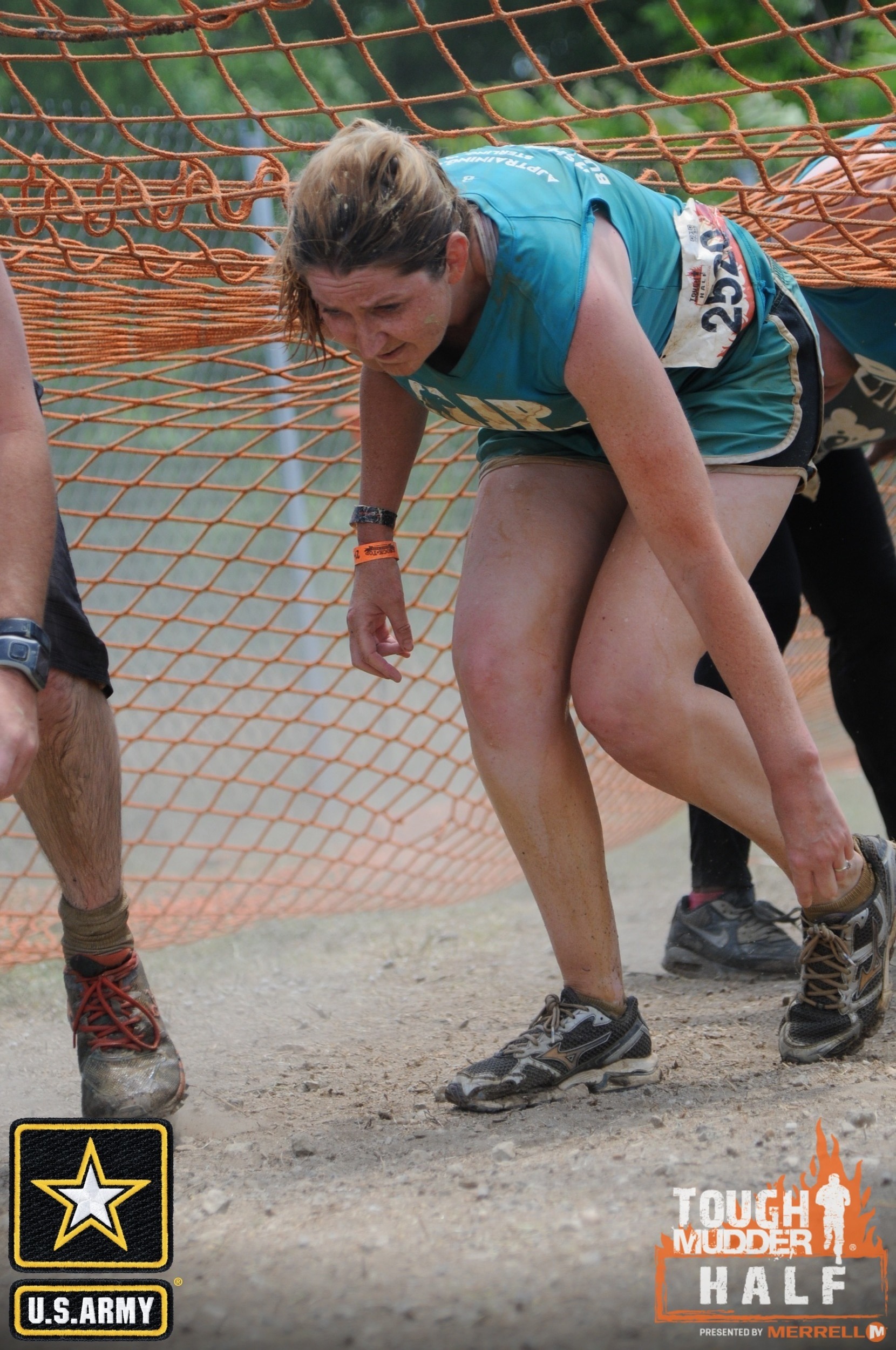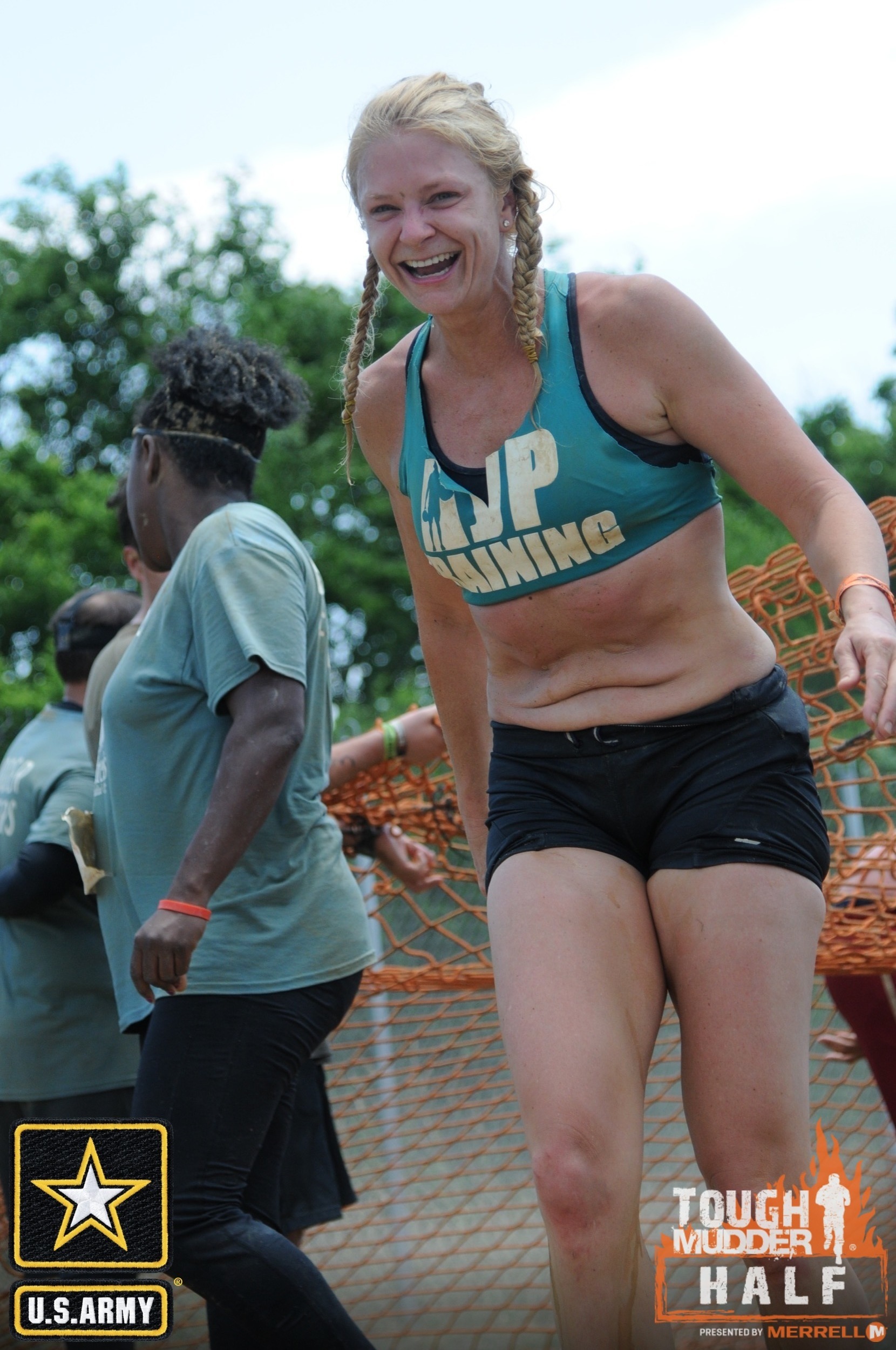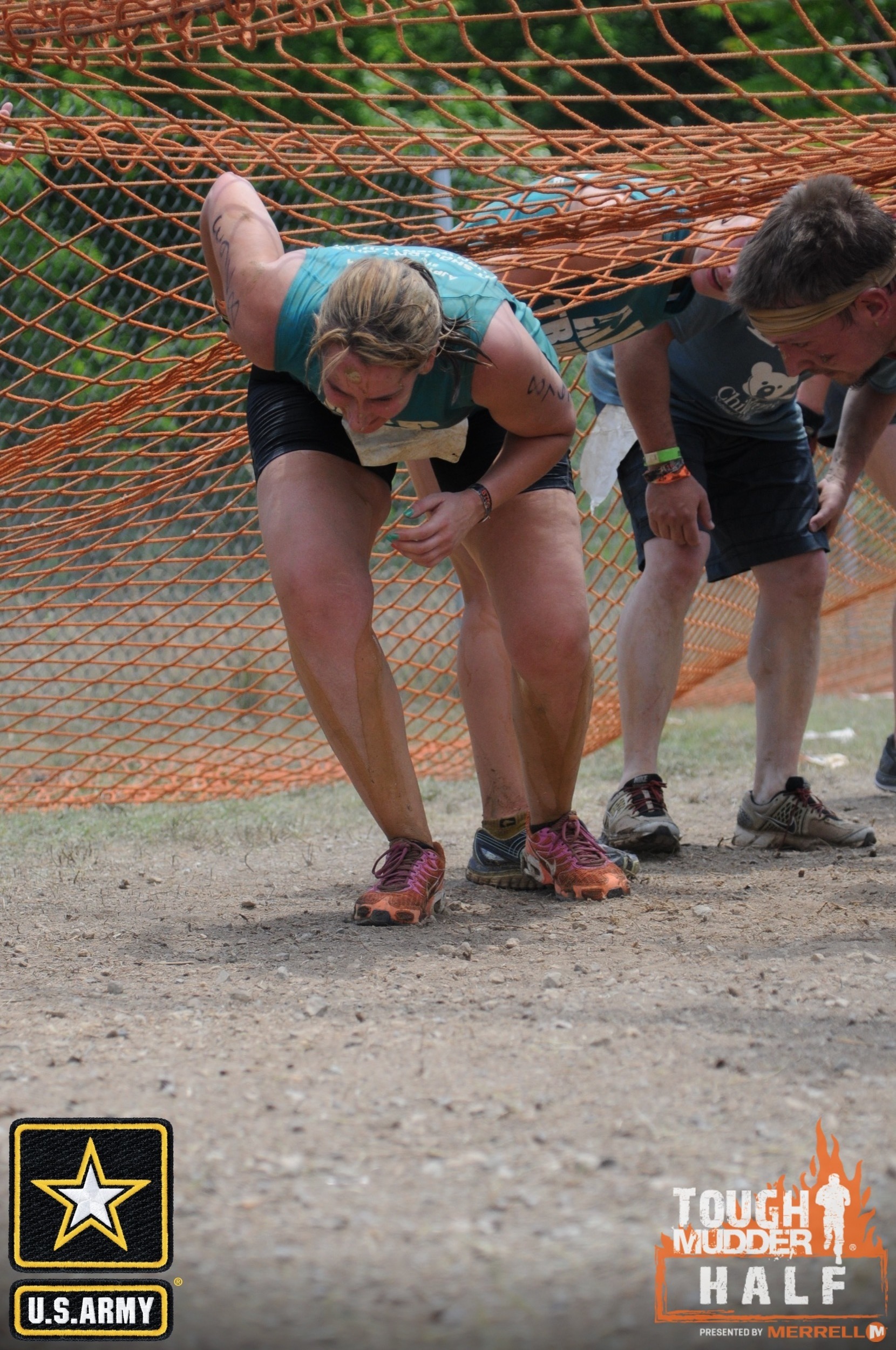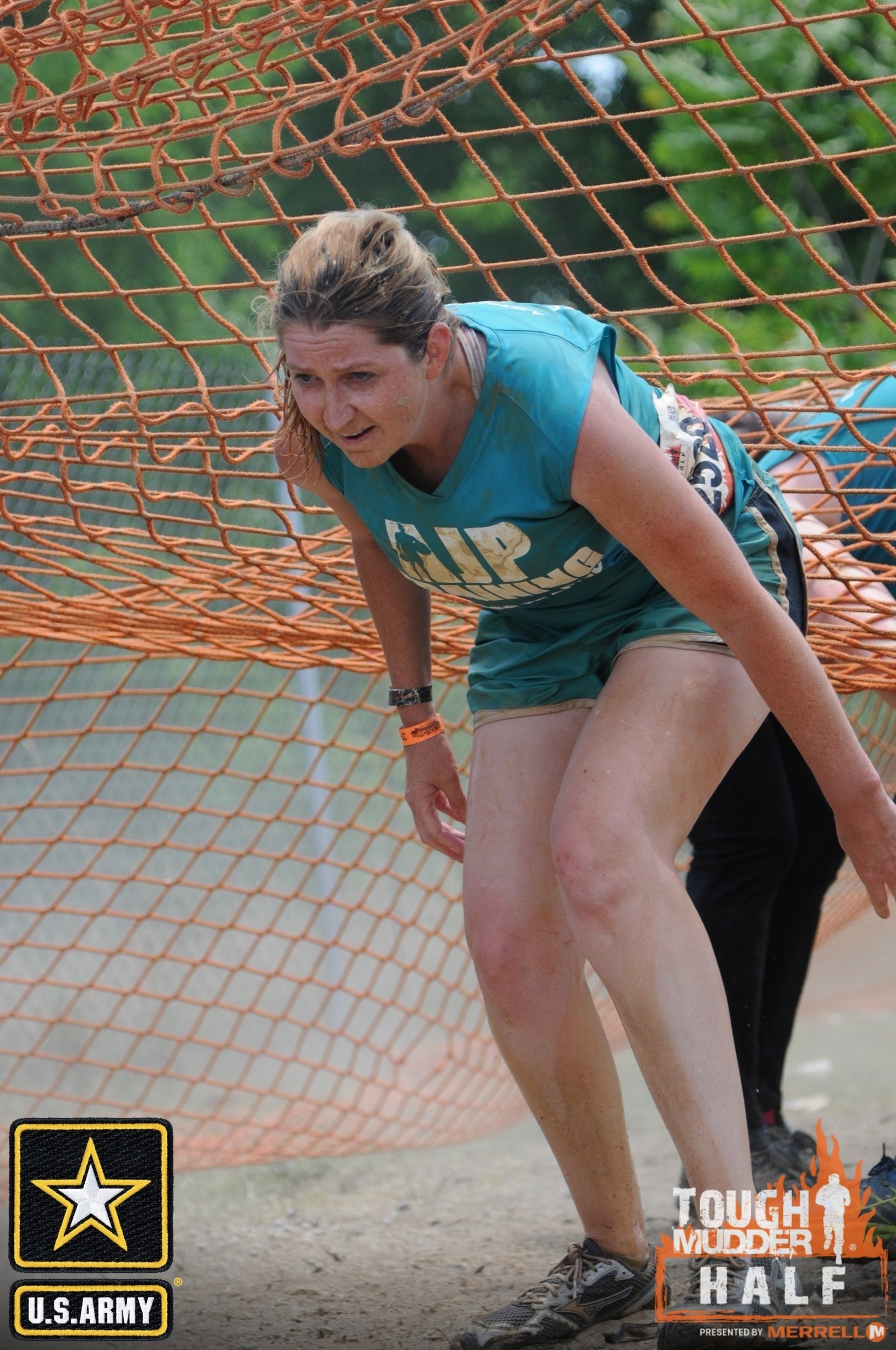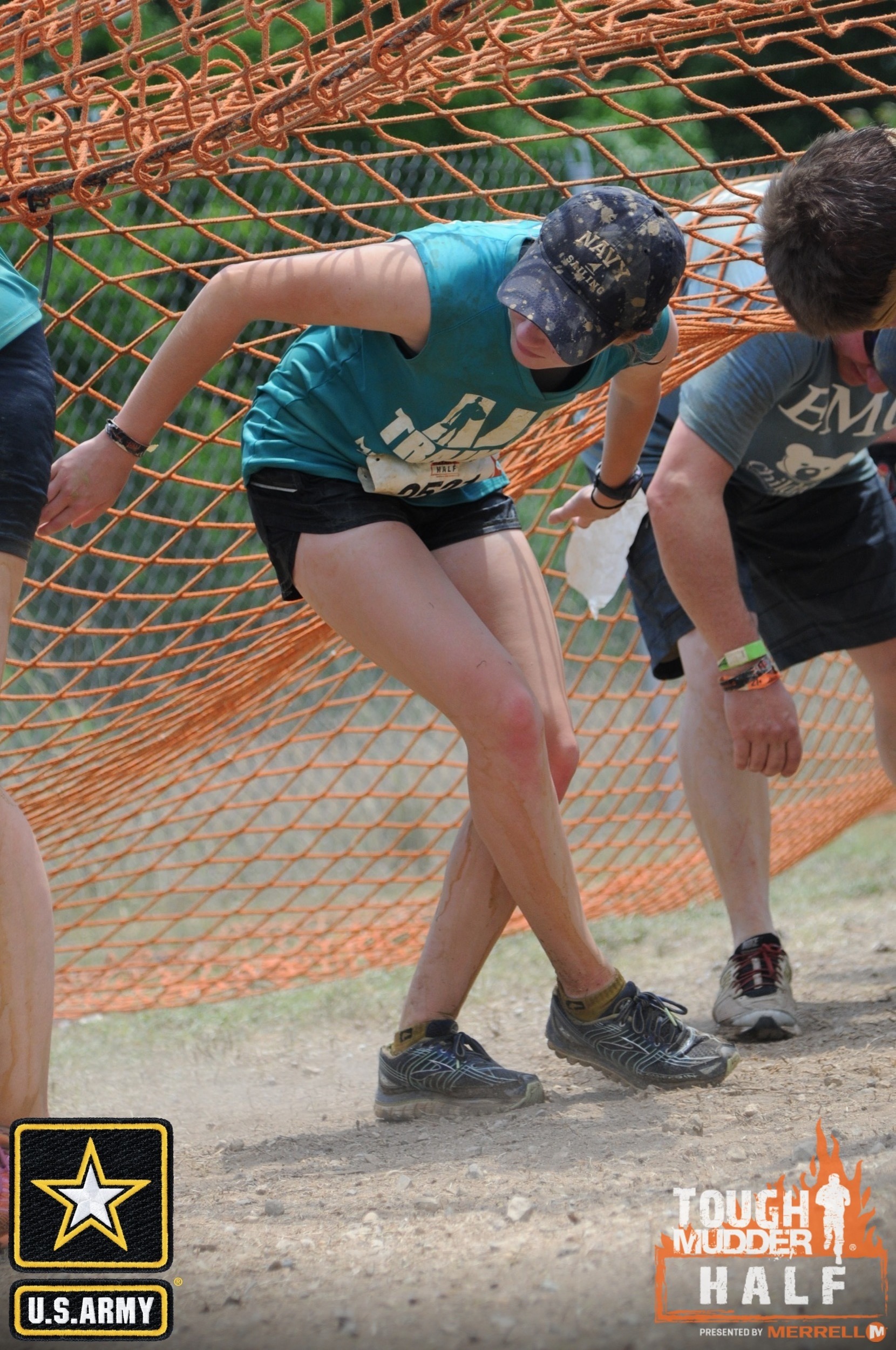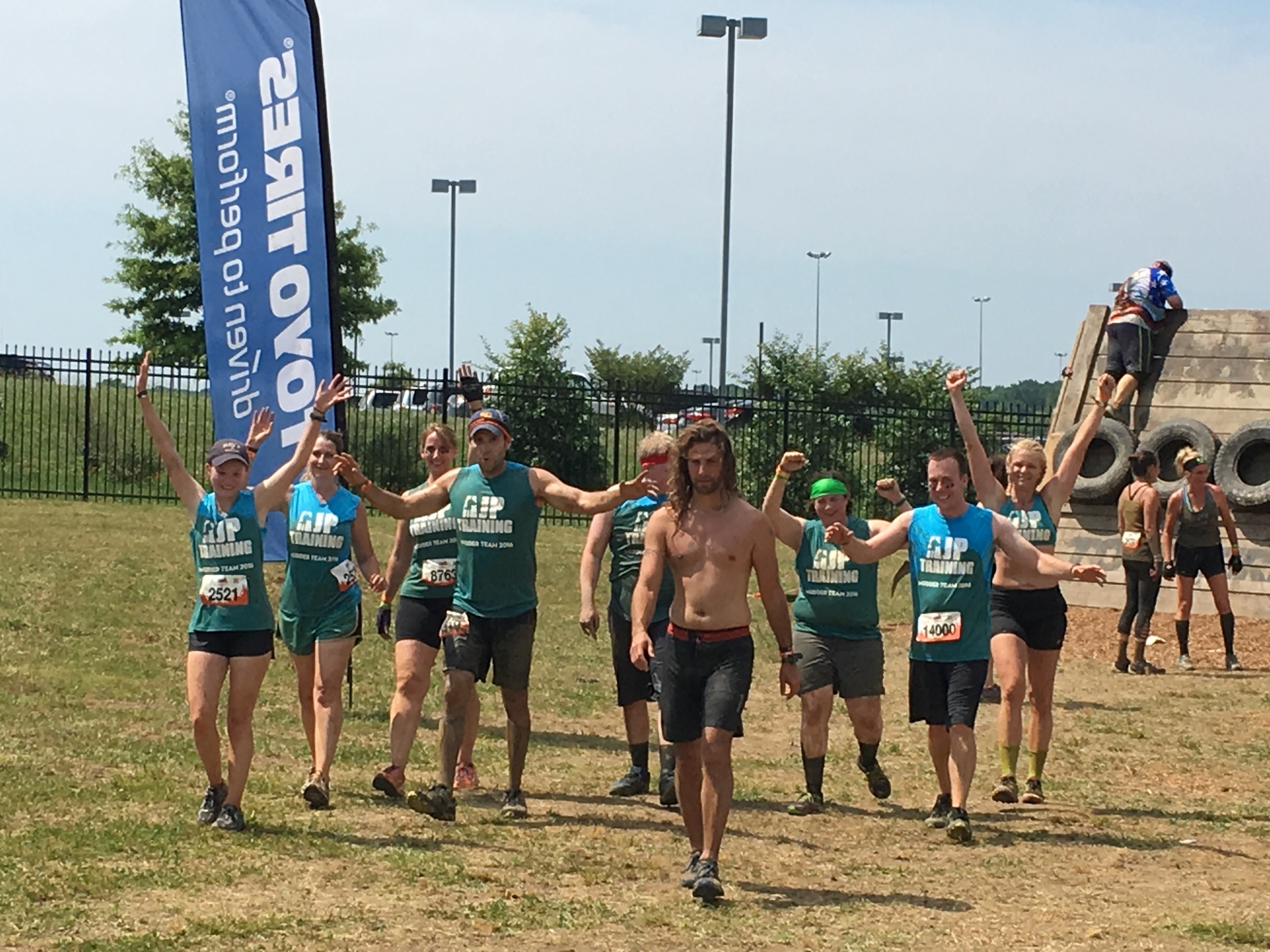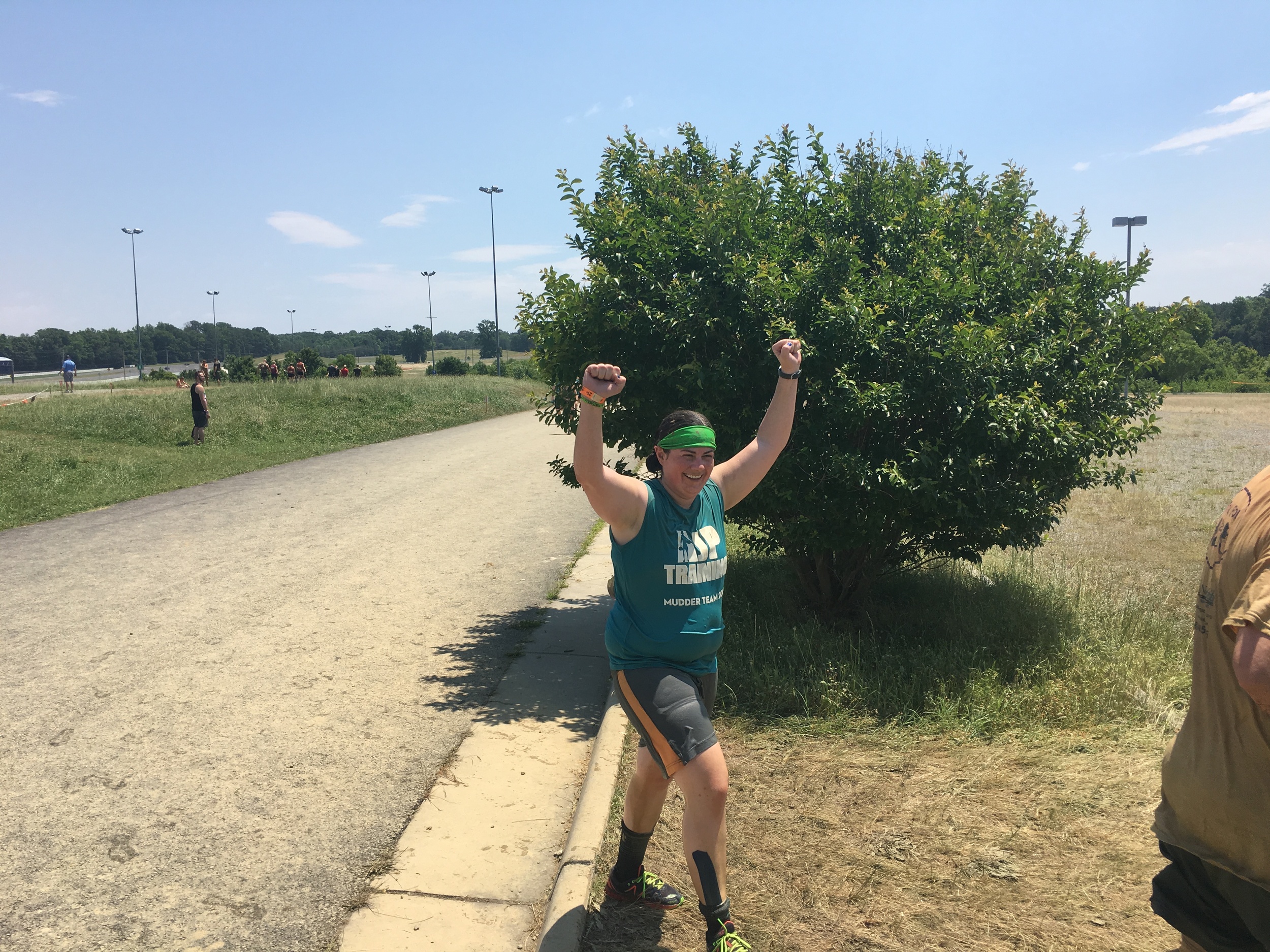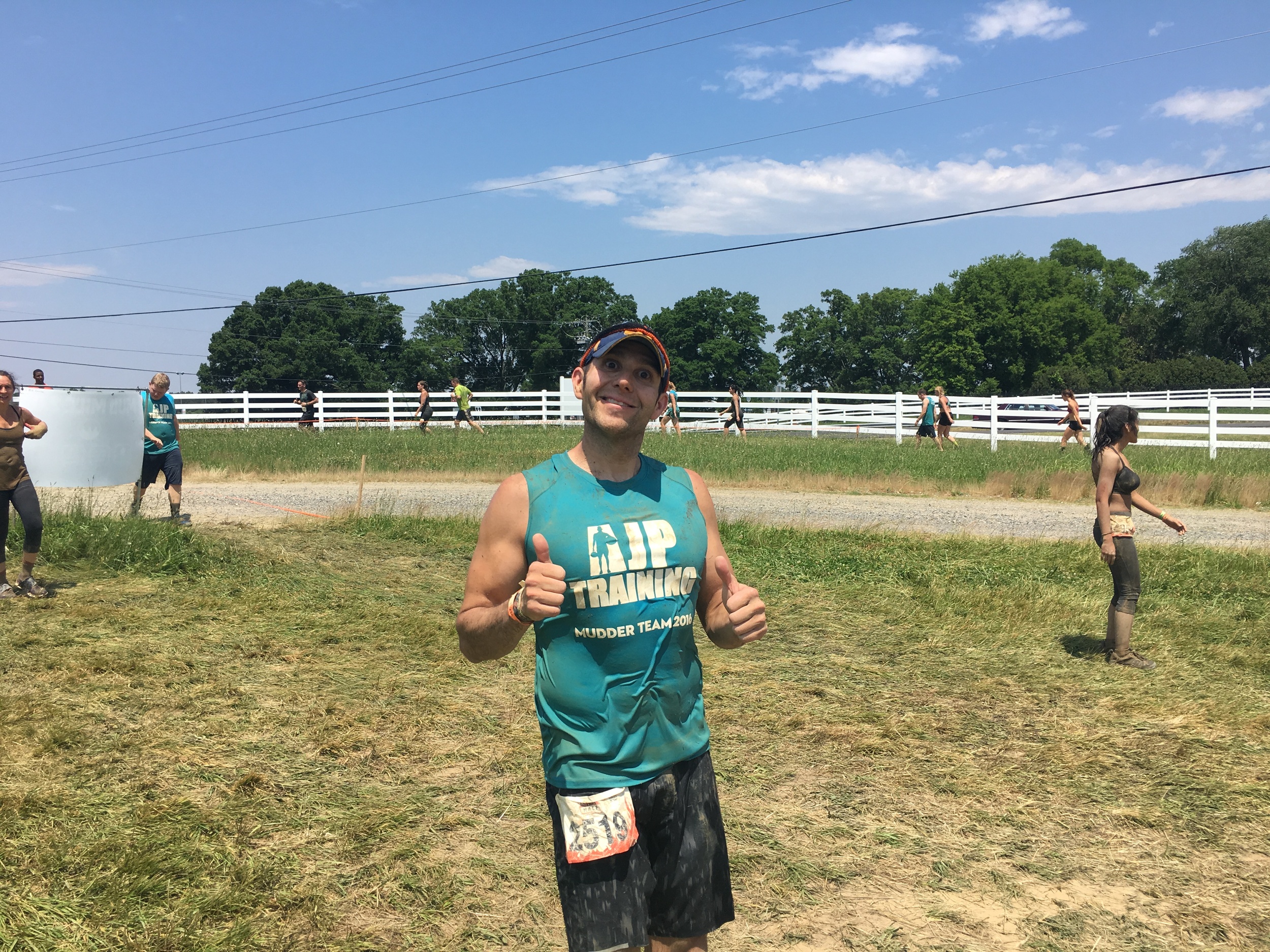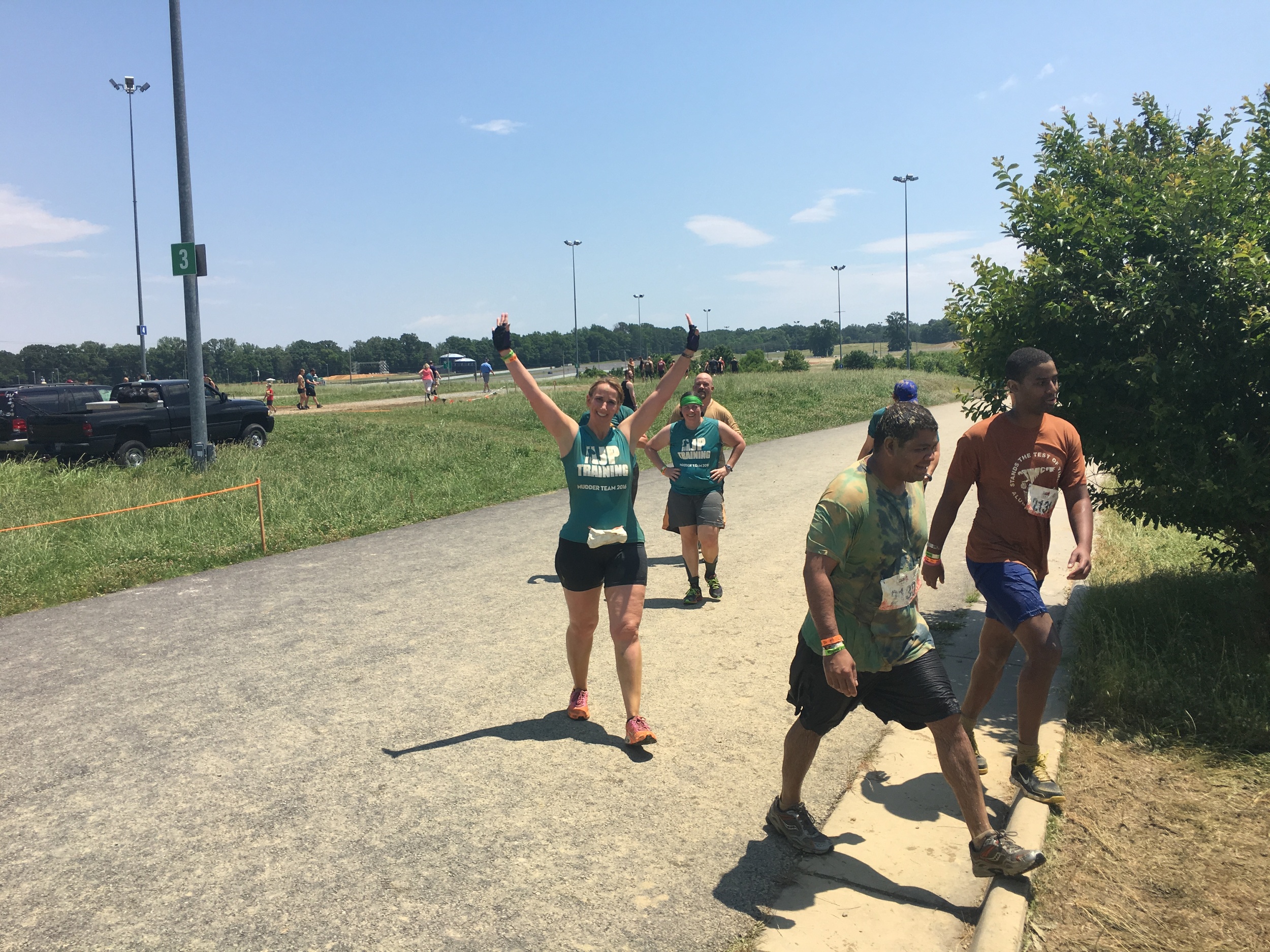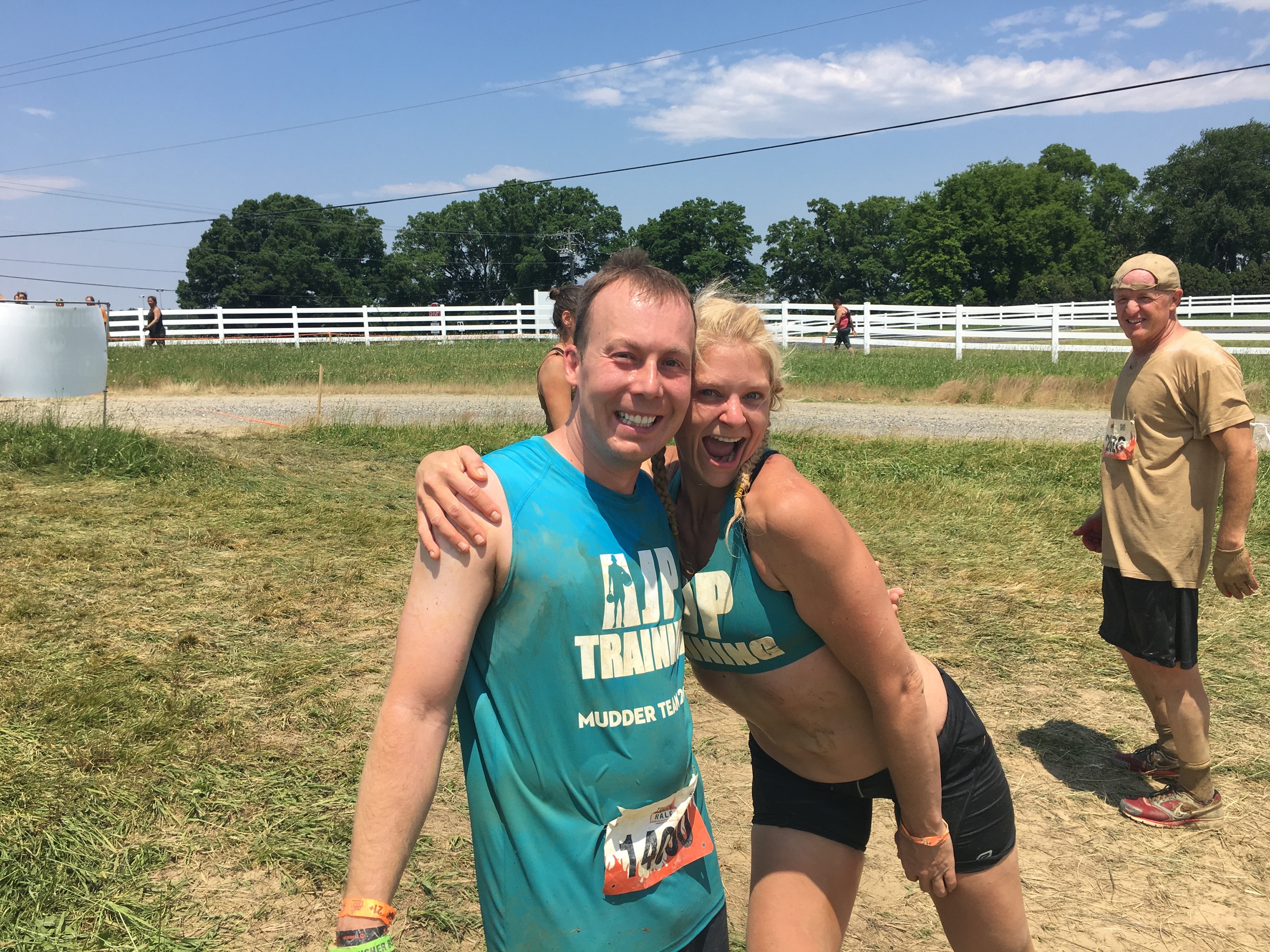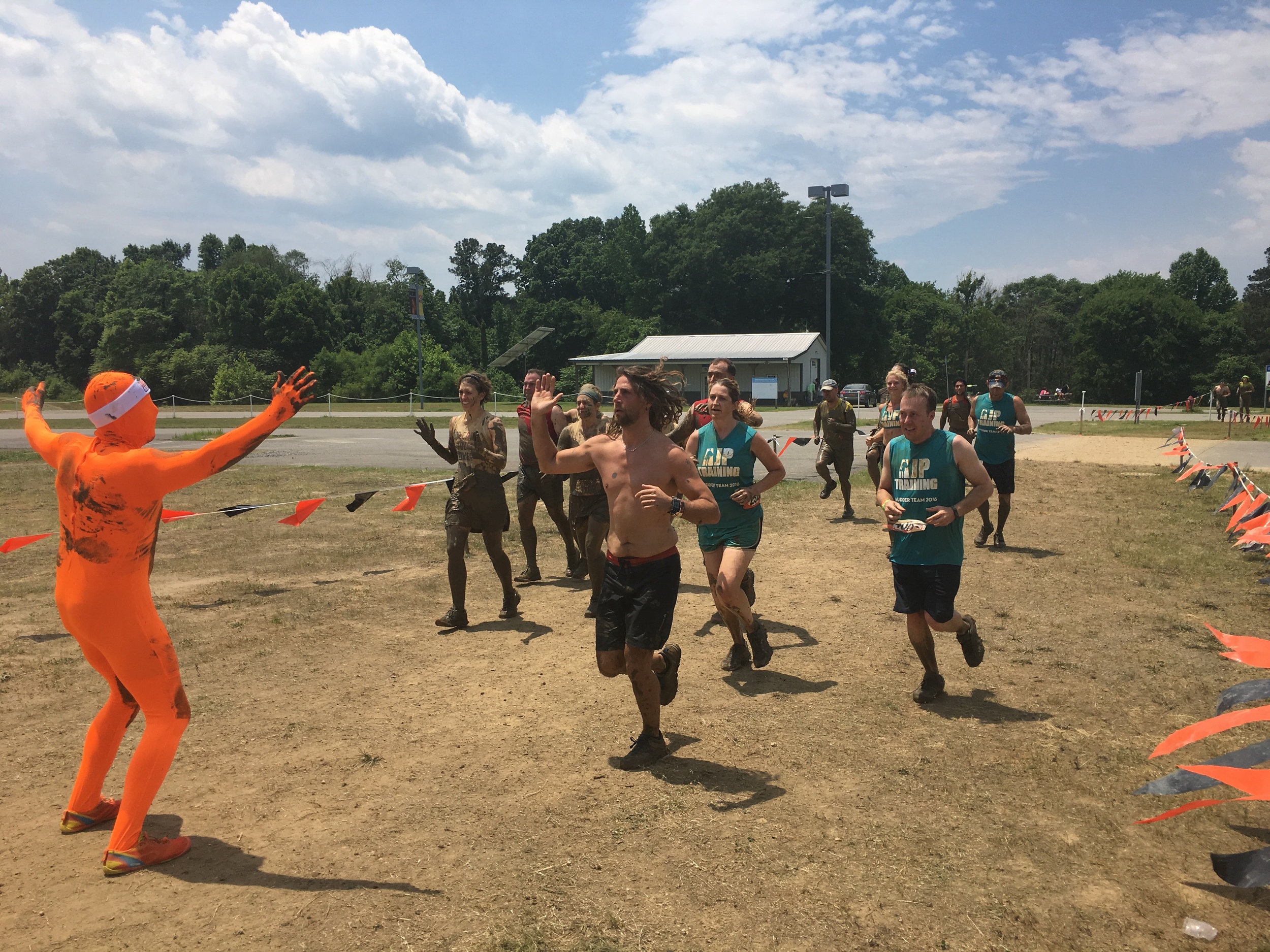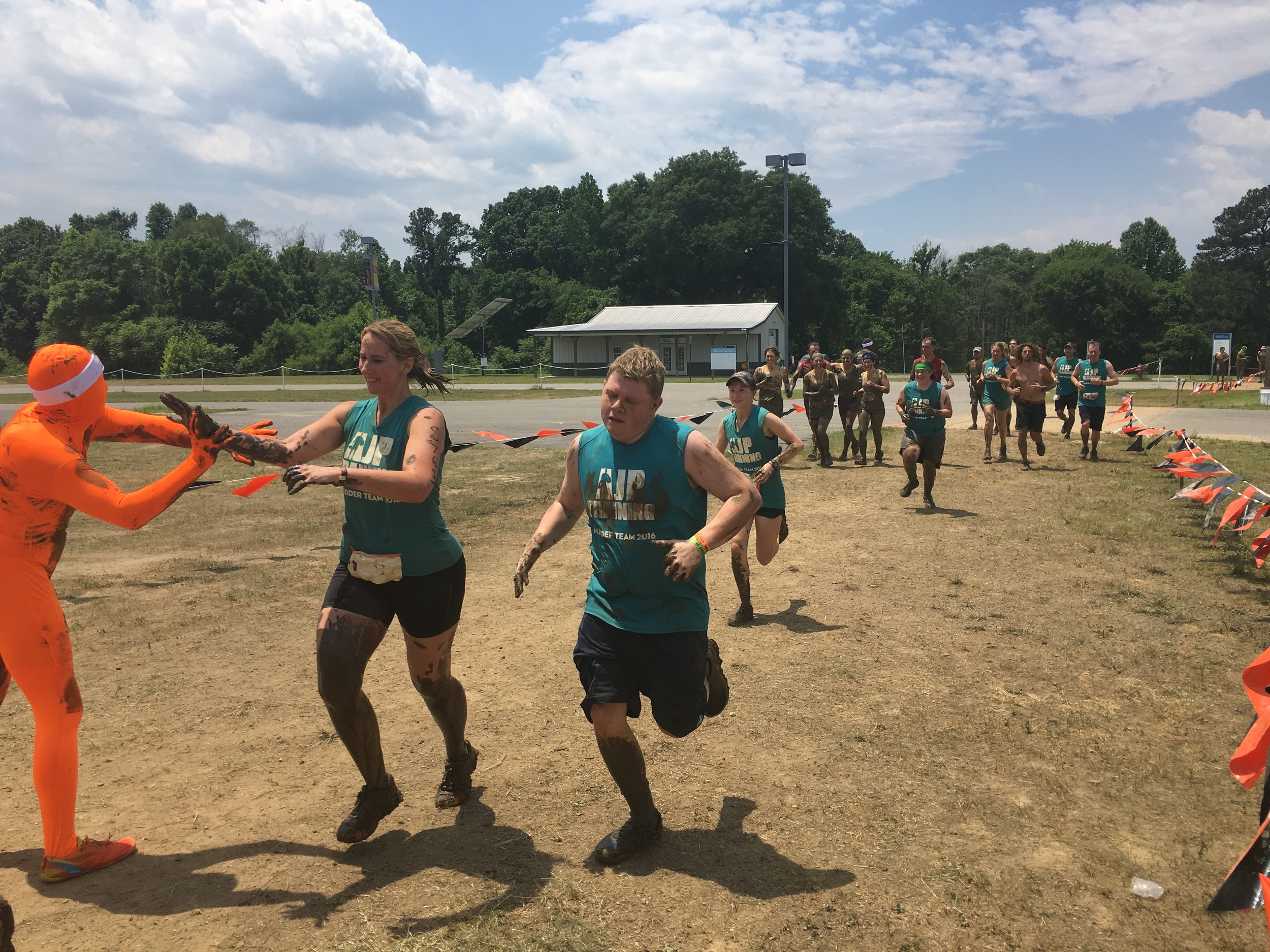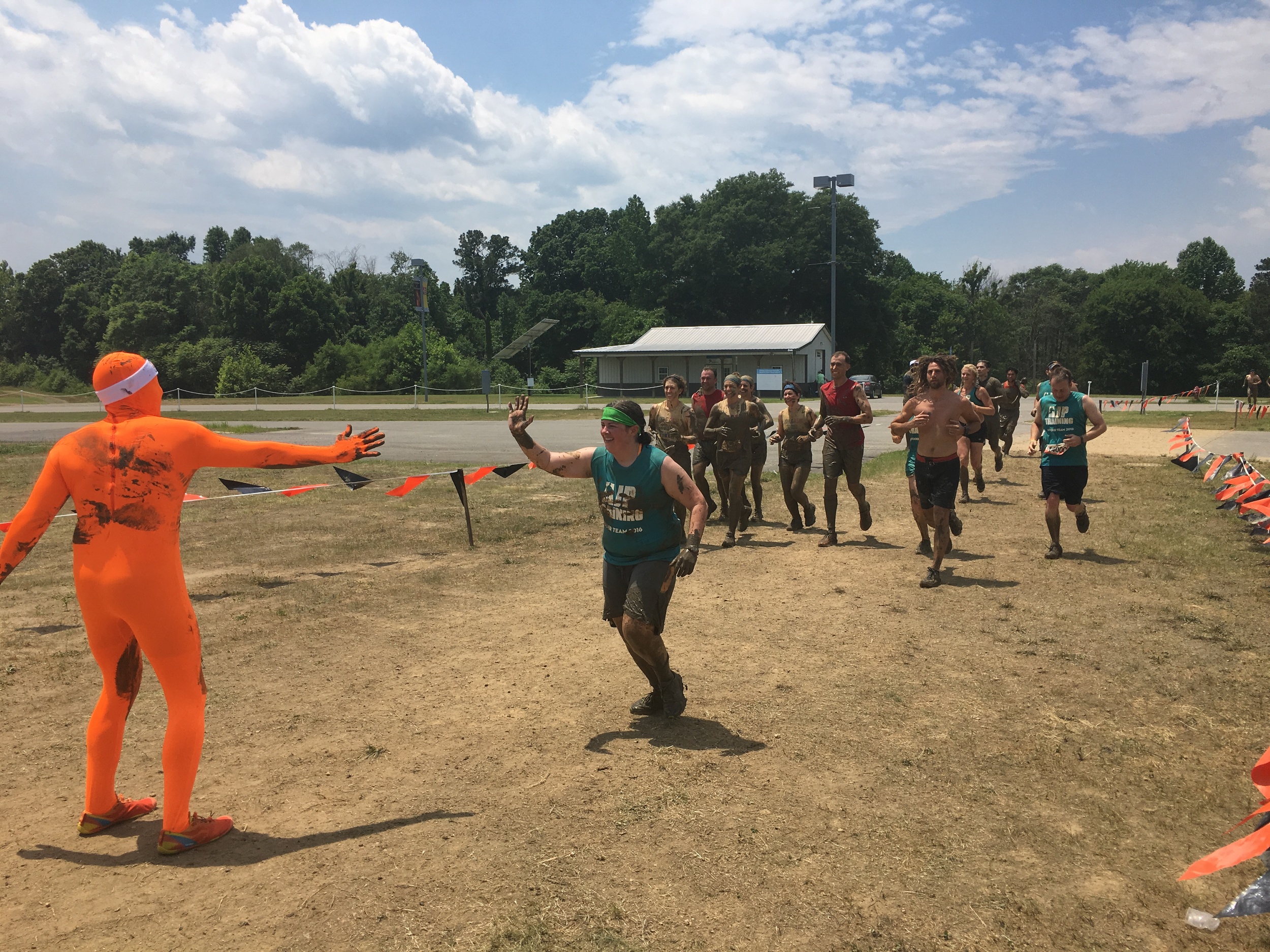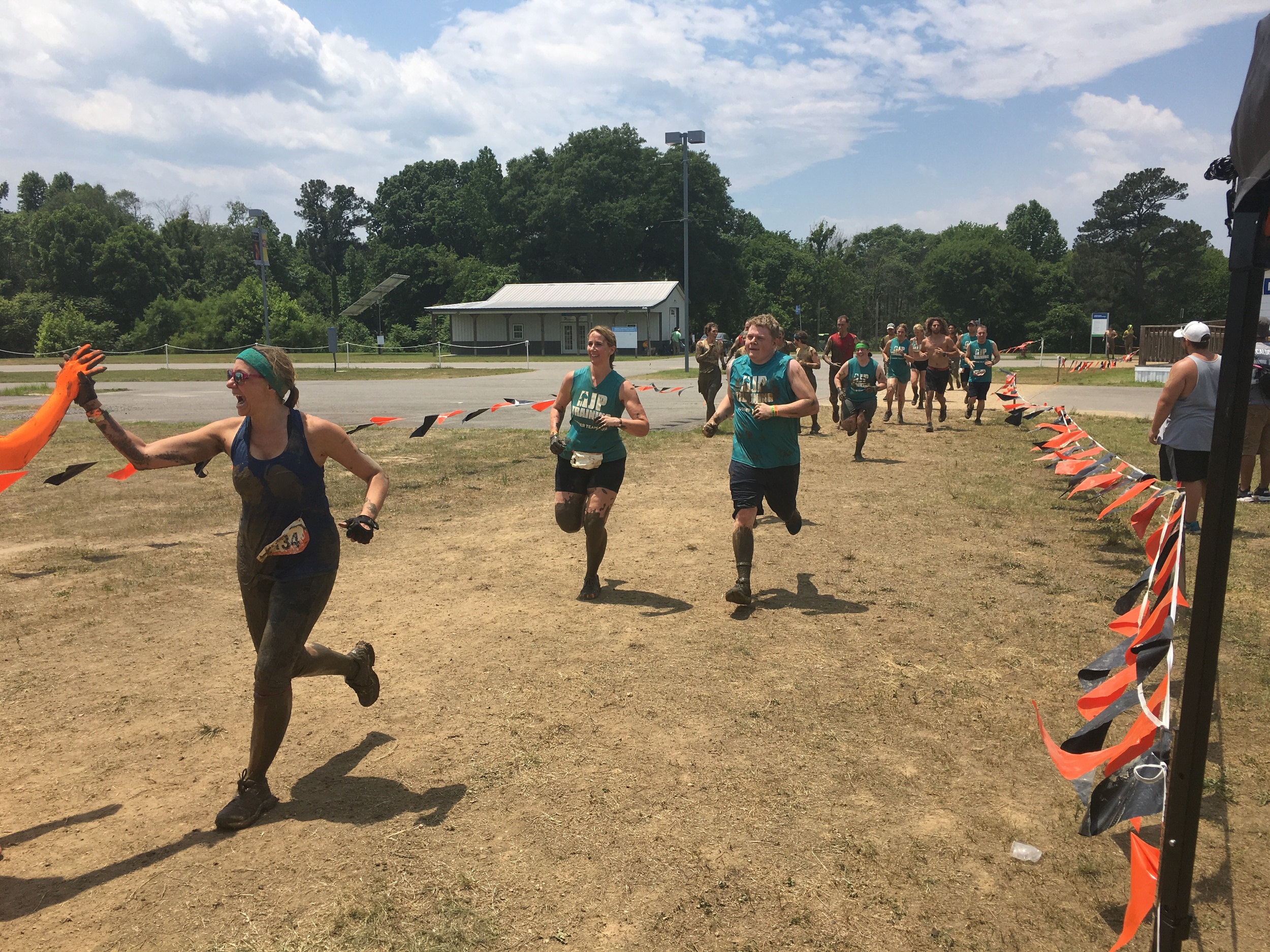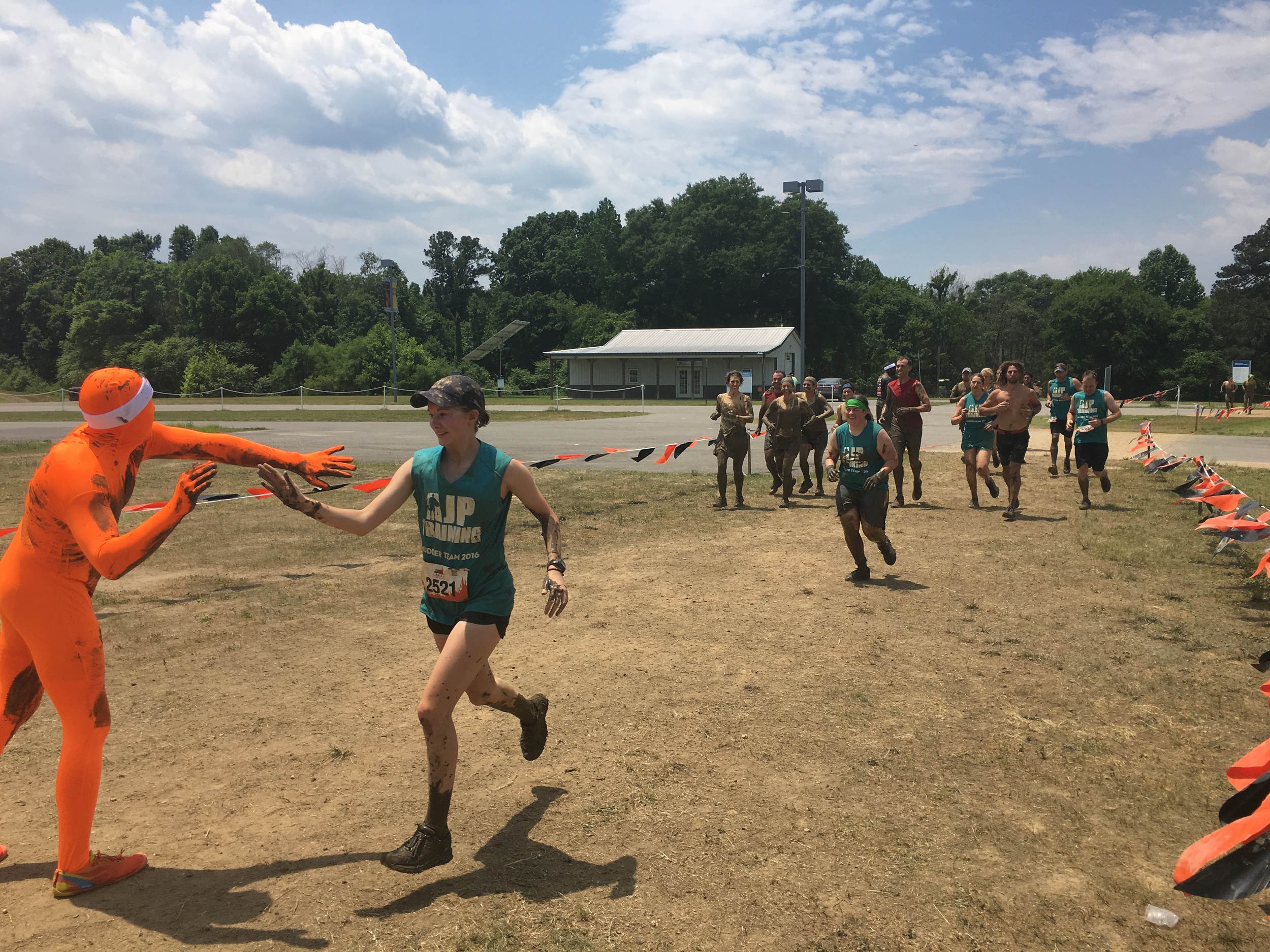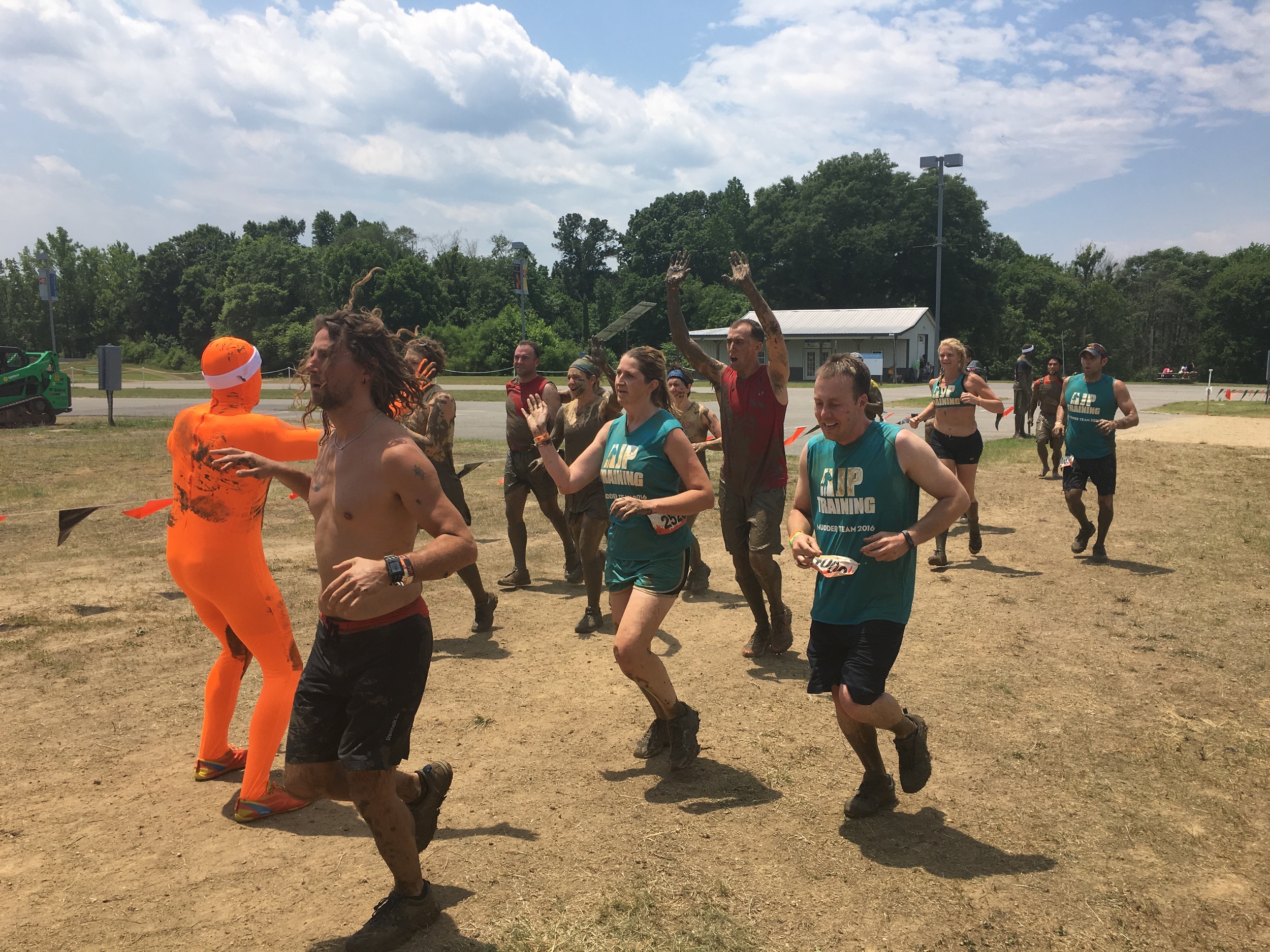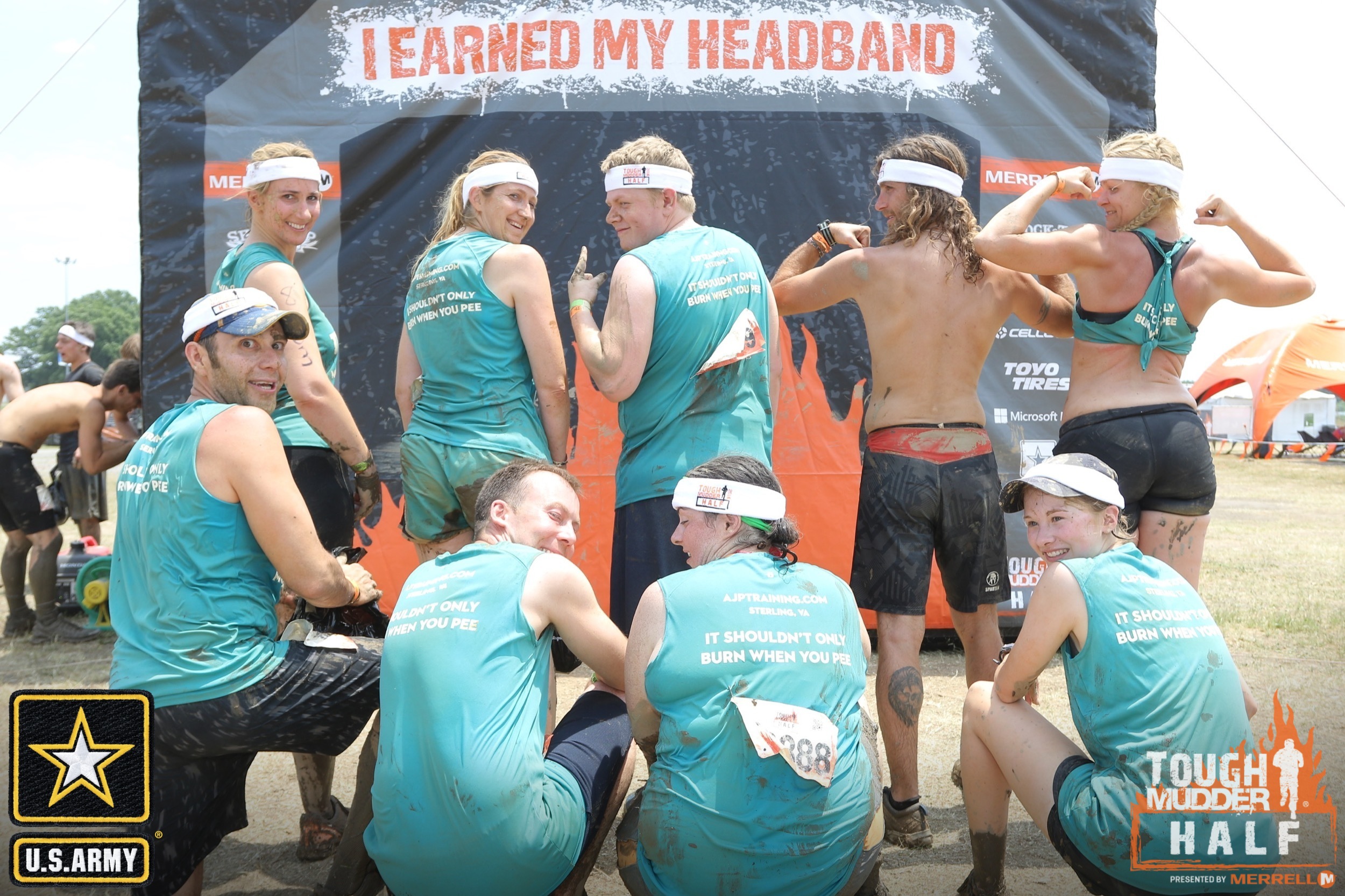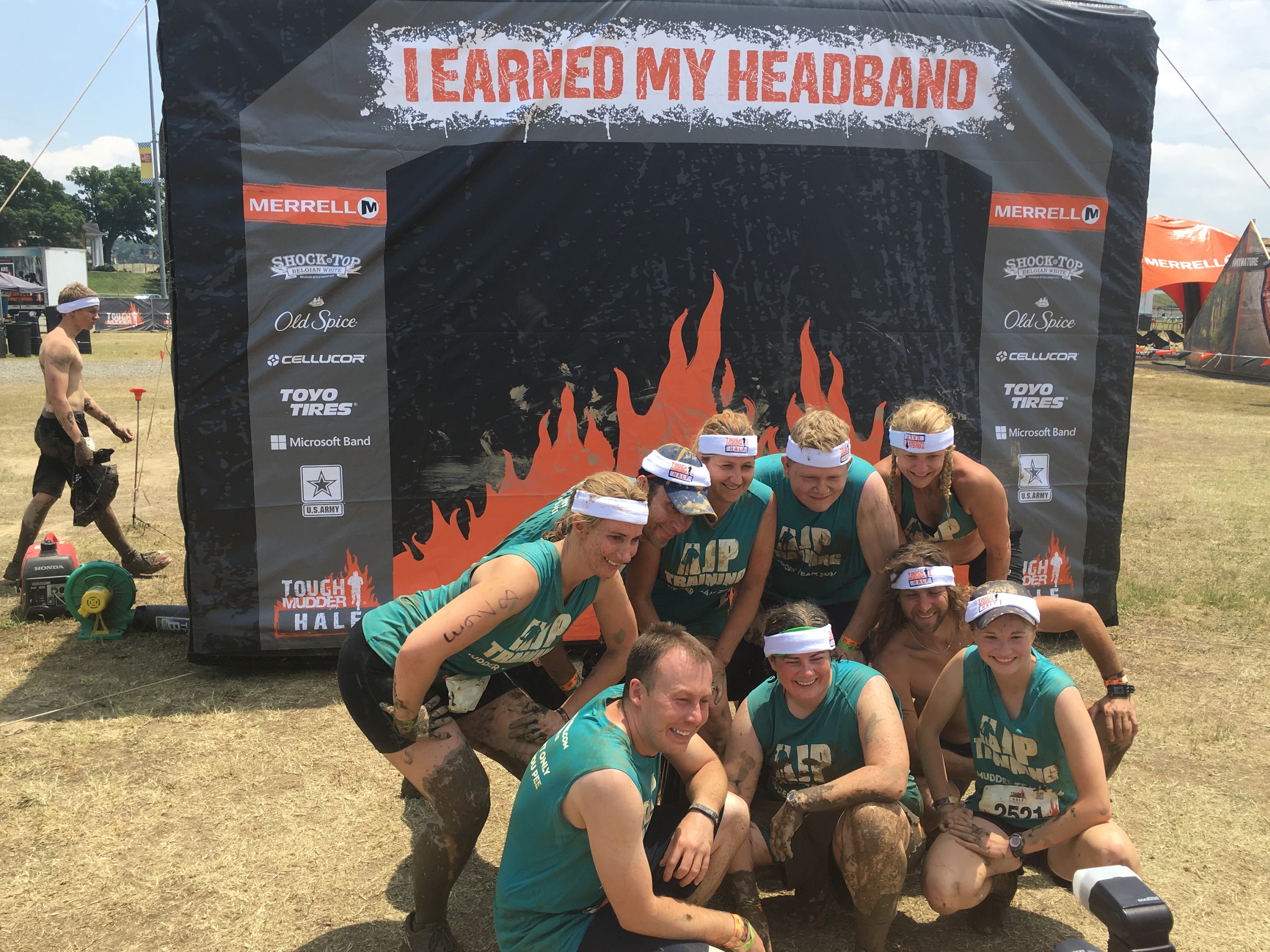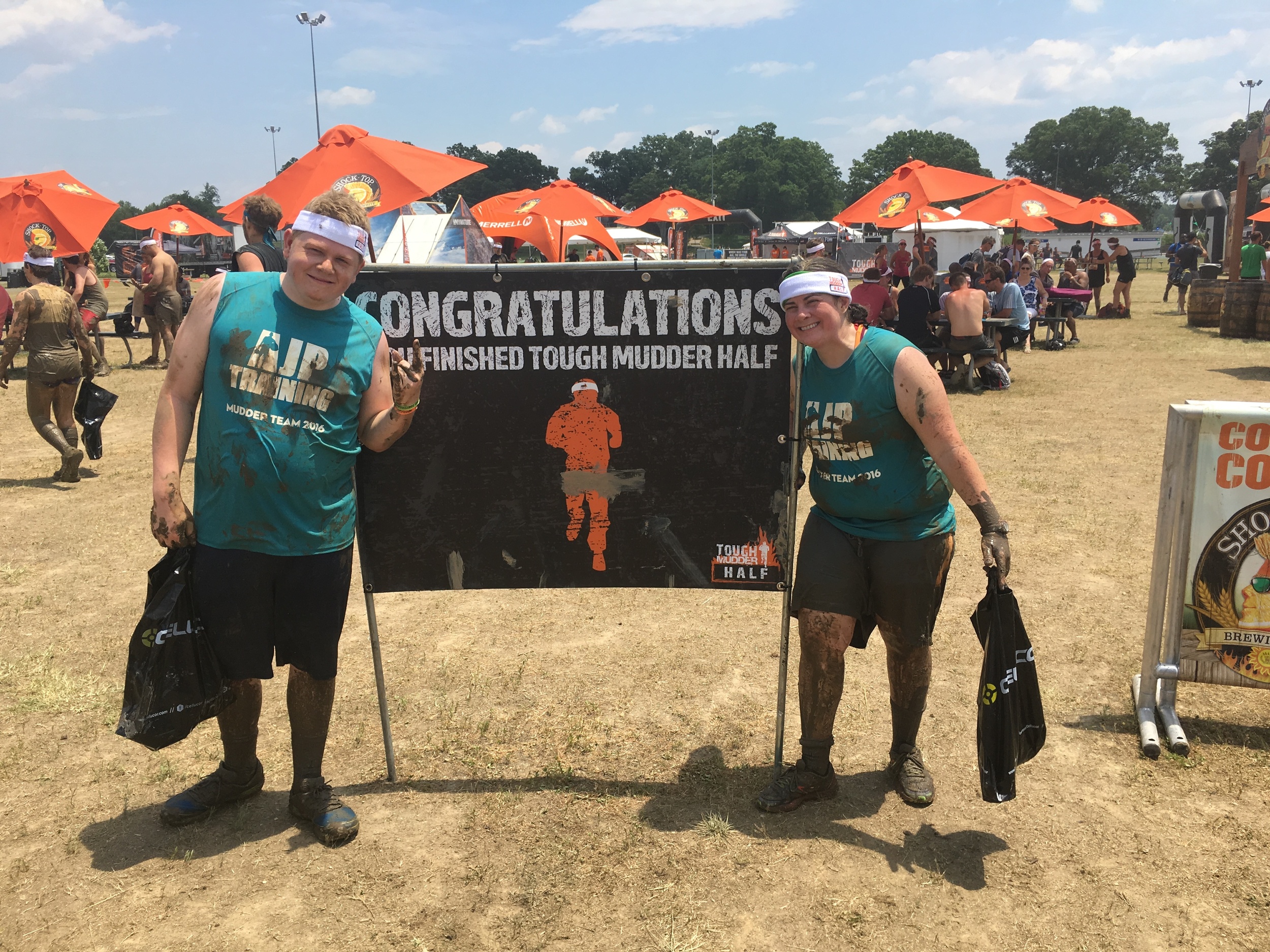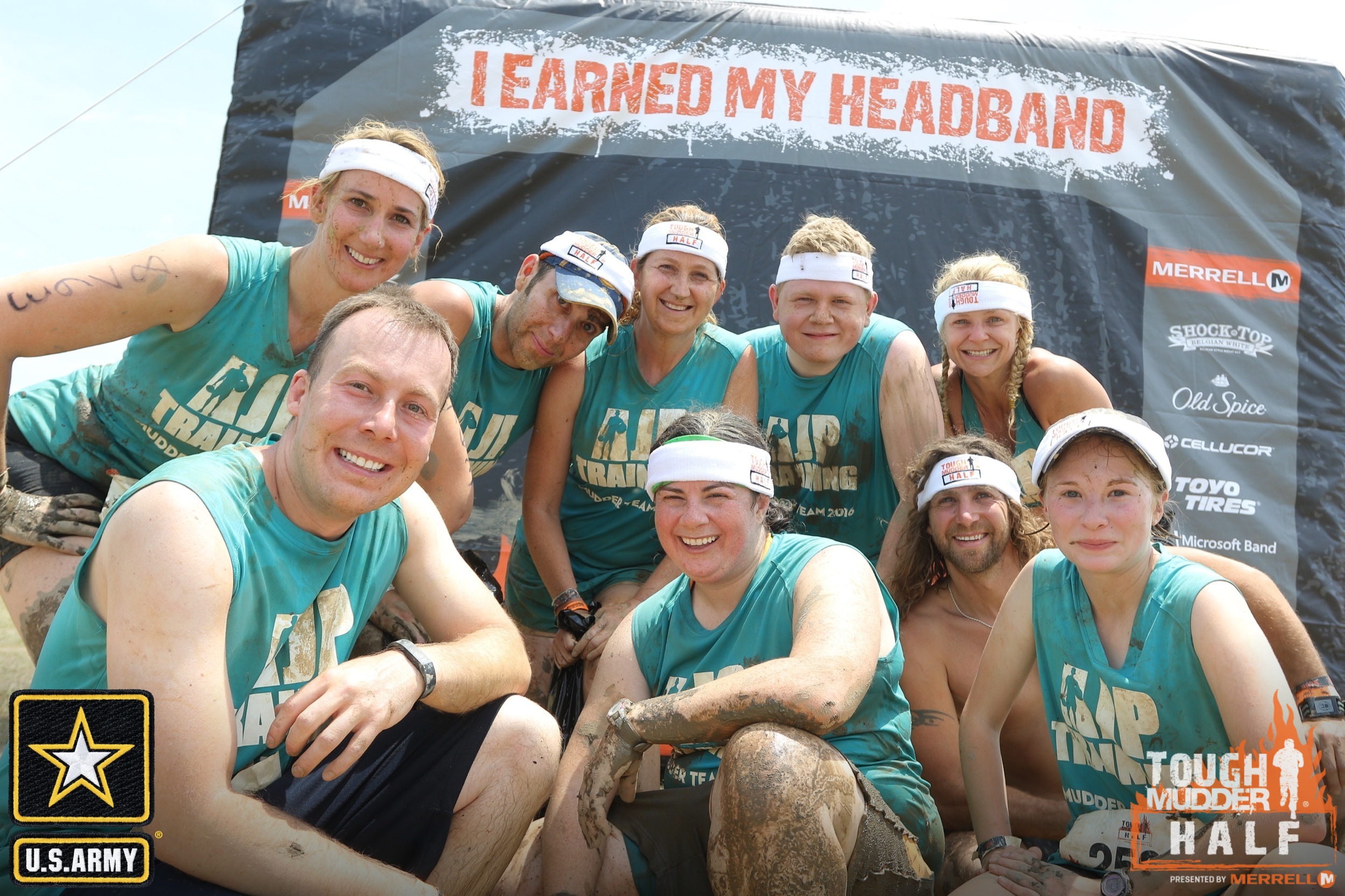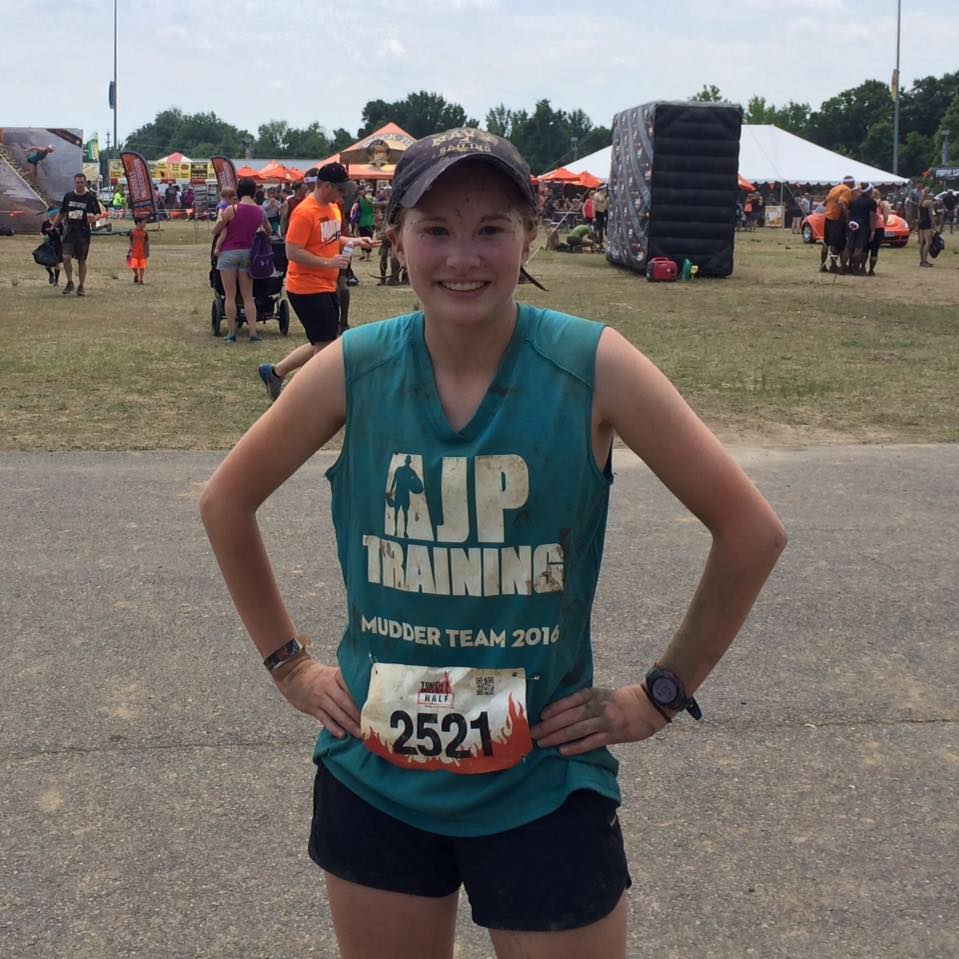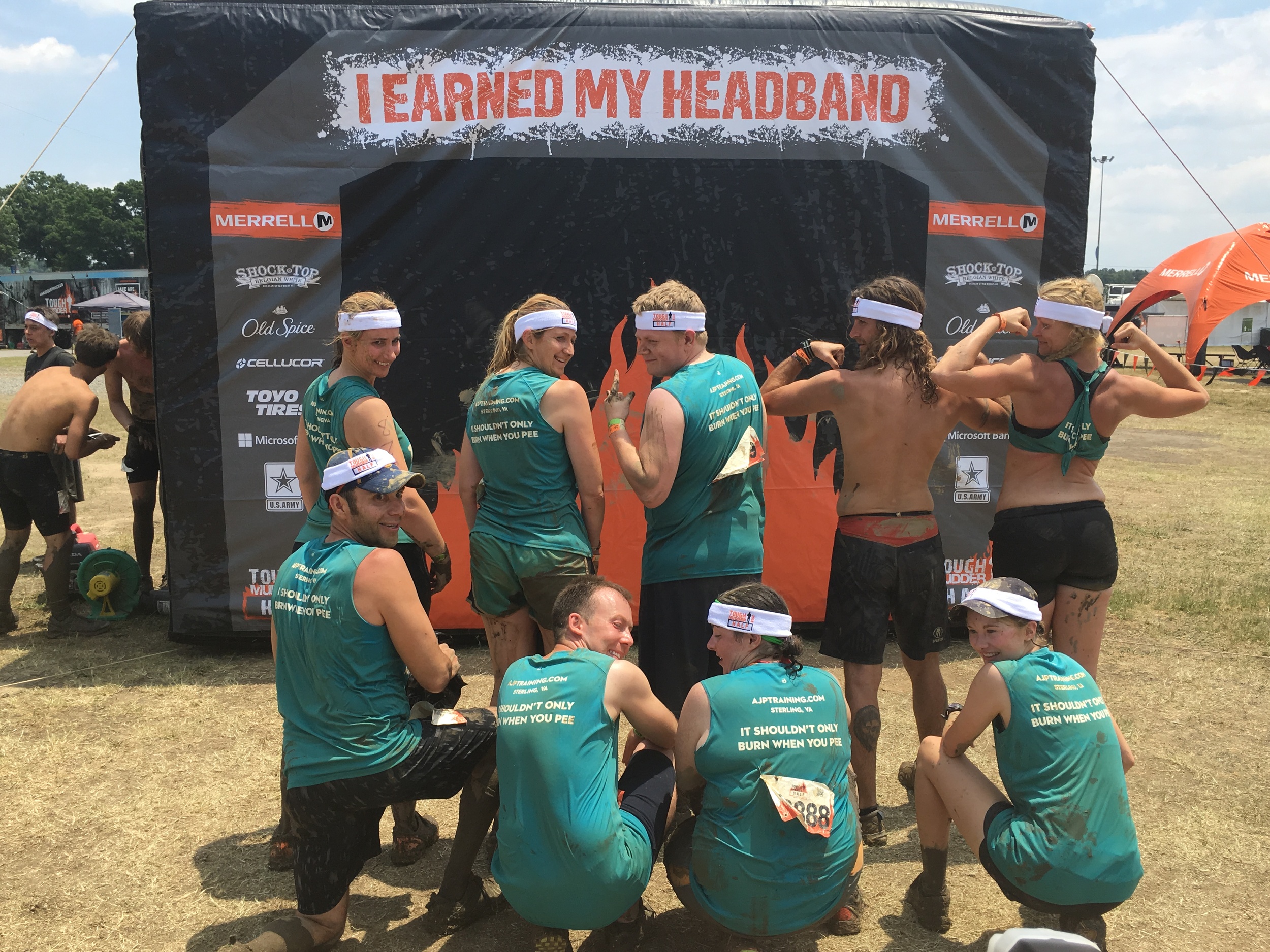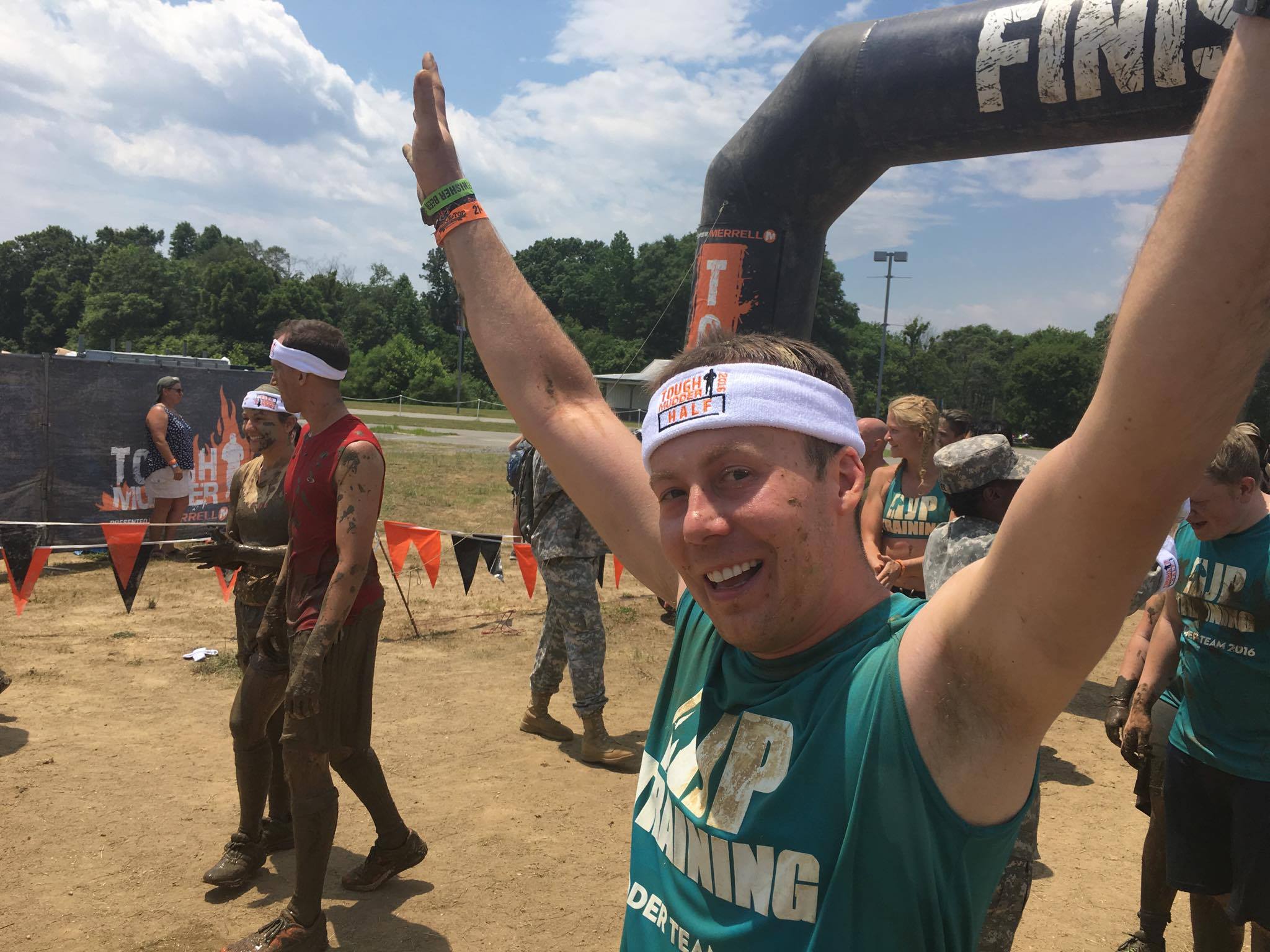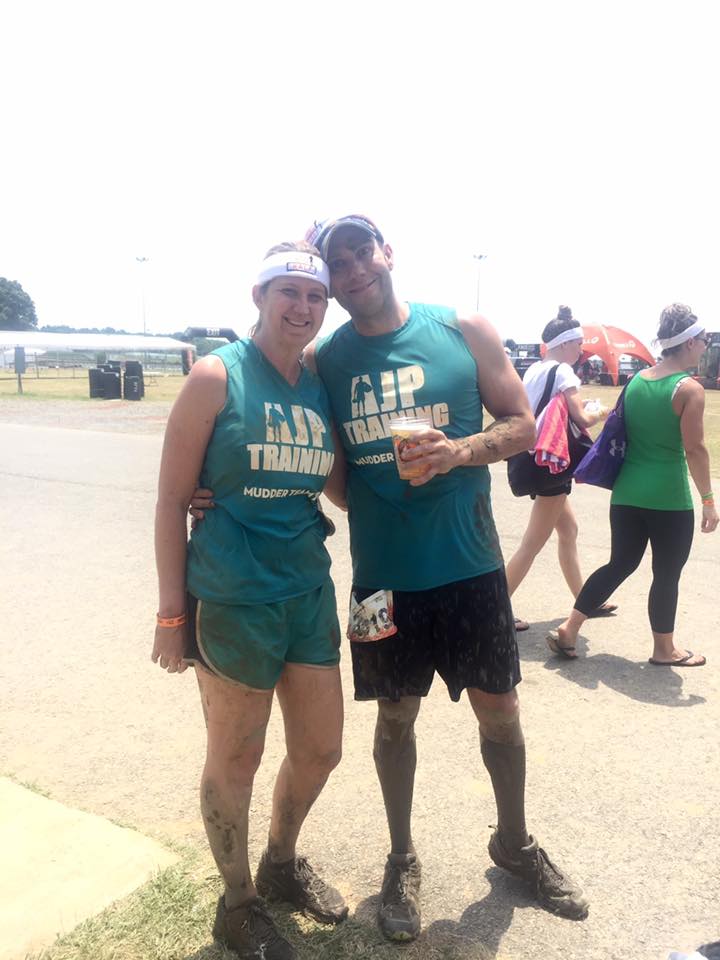Thanksgiving is upon us again, and the traditional turkey, sweet potatoes and pumpkin pie will be consumed by millions of Americans on Thursday. Oh, and, probably some alcohol to cope with that right- and/or left-wing uncle of yours. Drink responsibly, especially if you're drinking Jager.
Now, I’m not saying to gorge away, but also don’t panic if you have eat an entire turkey leg -- even if that turkey leg is fried and covered in mashed potatoes -- and 20 cans of White Claw.
The accepted -- if not flawed -- number of excess calories needed to gain a pound of fat is 3,500. That means you’d have to consume that number above your daily caloric needs, which varies by your weight, height, activity level and metabolism.
Yes, you could easily exceed an extra 3,500 calories, but that doesn’t necessarily mean you’ll gain a full pound of body fat. The “3,500” number possibly isn’t even accurate, mainly since it’s derived from studies that show you can lose a pound per week if you consume 500 fewer calories per day. (7X500=3,500). The research on if that number applies is seriously lacking.
Plus it doesn’t take into account an individual’s metabolism and there’s also a limit to the amount of food your stomach enzymes can process before your body, basically, gives up and passes what you digested to you bowels before it’s absorbed.
Now, your scale could show a pound -- or more -- when you step on it the next day. Don’t freak out. It can take your body more than a couple days to pass all the food you eat, including transient water weight.
One way to put those concerns at ease (if you don’t want to practice some self restraint) is to work out before your meal.
